Case 12 The Prawns Robot
Introduction
Prawns are invertebrates that live in the water and have hard shells and long tentacles. Prawns move in a sweeping motion, clearing their surroundings of food with their powerful pincers and arms. In this lesson we will learn about the characteristics and behaviour of Prawns and try to make a mechanical prawn that resembles a shrimp in shape.
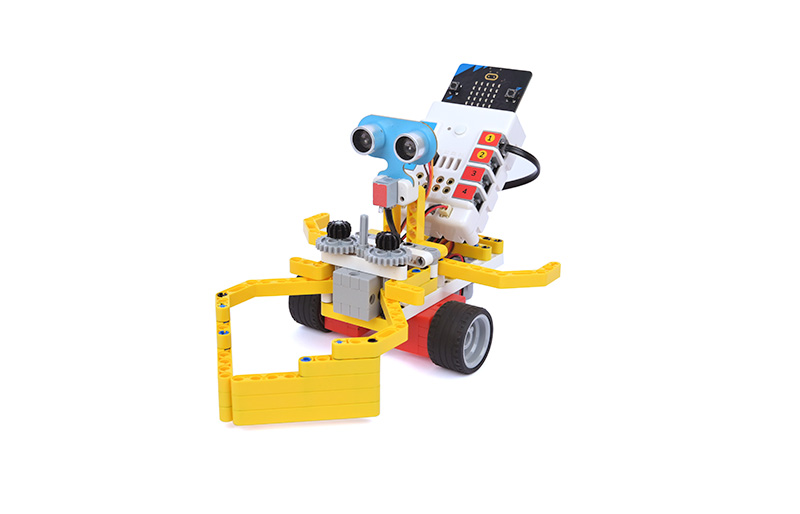
Teaching Objectives
- Learn how ultrasonic sound sensors work and their applications.
- Learn how to build the mechanics of the mechanical prawn using the Nezha Inventor's Kit V2.
- Acquire programming skills to use the signals from the ultrasonic sound sensor to implement the automatic cleaning function of the mechanical prawn.
- Develop creativity, problem solving skills and teamwork ability.
Teaching Preparation
Teaching Process
Introduce
Introduce students to the background and objectives of the mechanical prawn production to stimulate their interest and curiosity.
Is everyone interested in prawns? Prawns are amazing creatures that live in the water and capture our attention with their unique behaviour. In this lesson, I have brought a special project where we will be using Nezha Inventor's Kit V2 to create a mechanical prawn shaped like a shrimp. This mechanical prawn has an intelligent function that will automatically wave its arms to clear objects in front of it and turn when it detects an obstacle in front of it. Through this project, we will learn how to apply the working principle of ultrasonic sensors to make an interesting mechanical prawn.
Exploration
Discuss in groups and get pupils thinking about how to make a mechanical prawn using block materials.
- How does the prawn use its arms and pincers to clear objects around it?
- How does an ultrasonic sensor work? What can it be used to detect?
- How can the Nezha Inventor Kit V2 be programmed to enable the mechanical prawn to wave its arms to clear obstacles in front of it in response to the signals from the ultrasonic sound sensor?
Practice
Work in groups to create a mechanical prawn out of building blocks according to your own design.
Create a mechanical prawn out of blocks according to your own design.
Examples
Assembly Steps
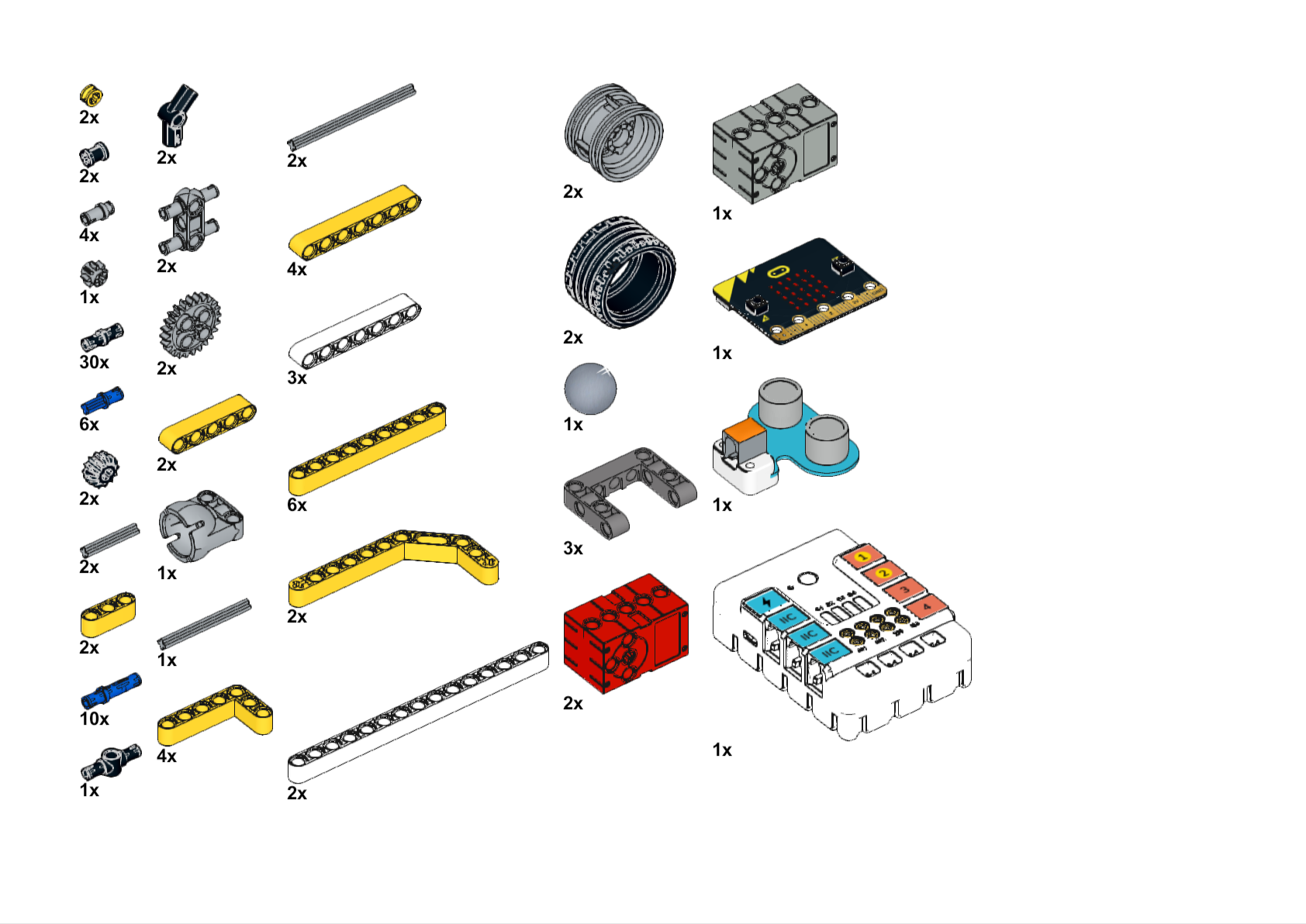
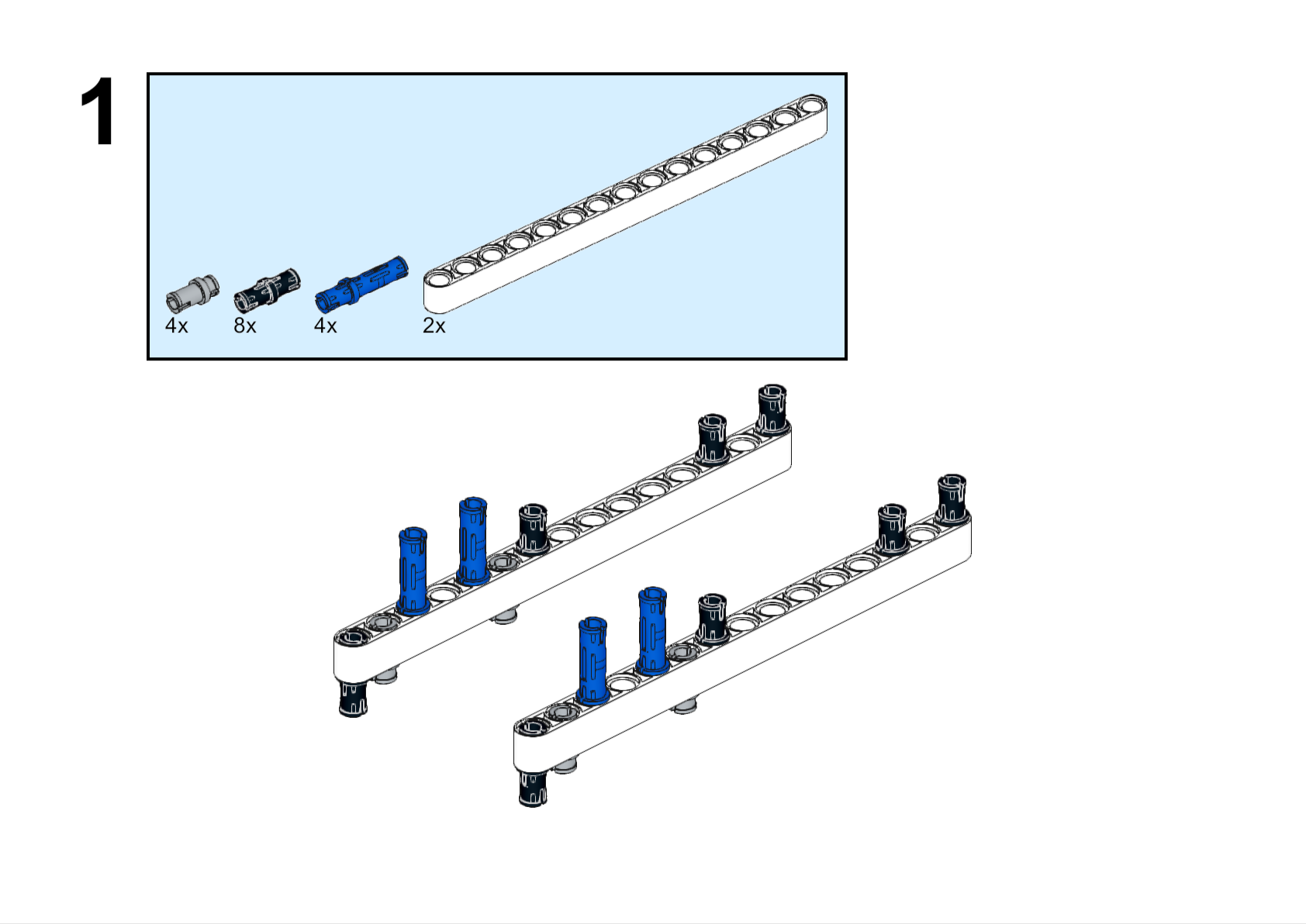
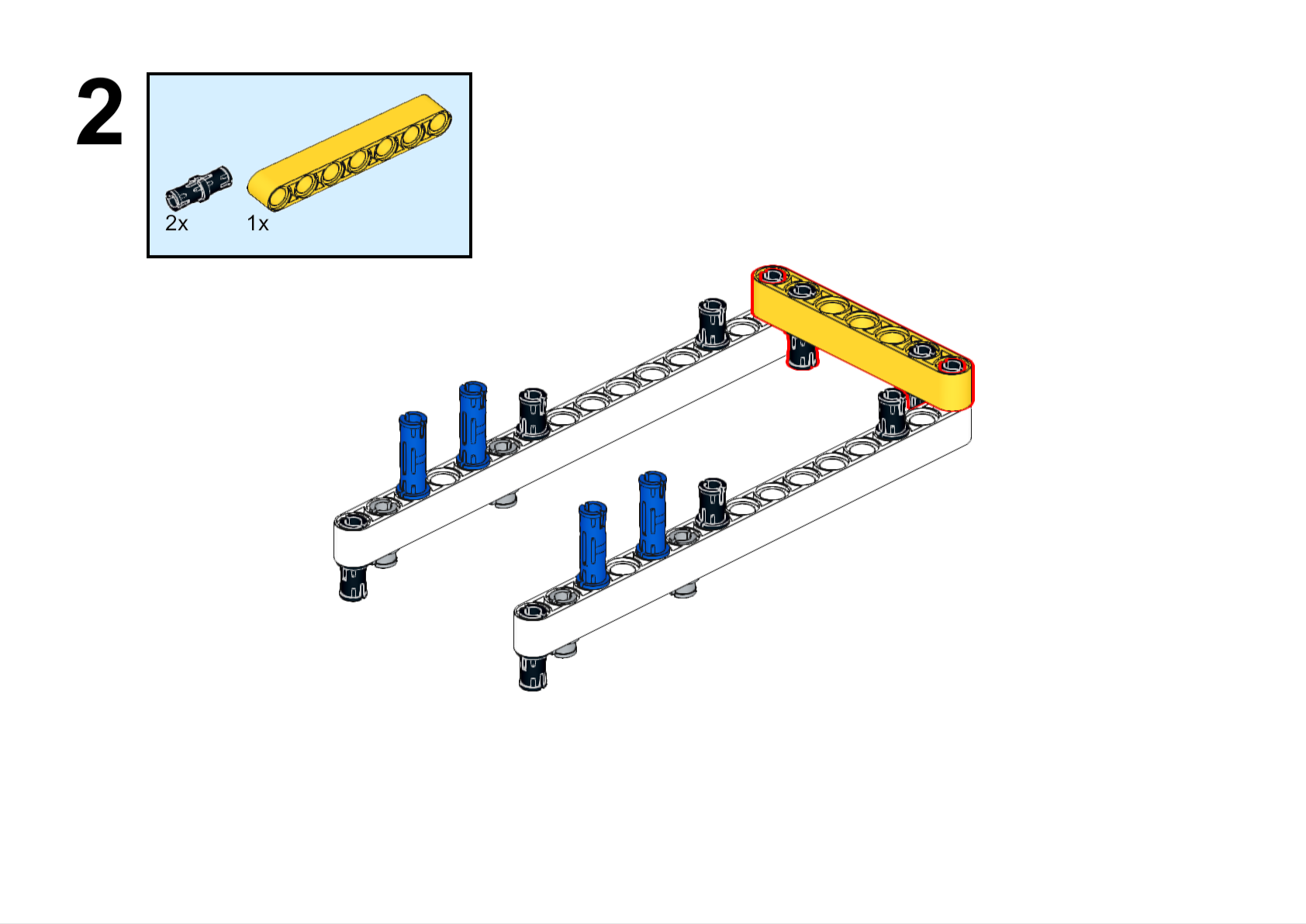
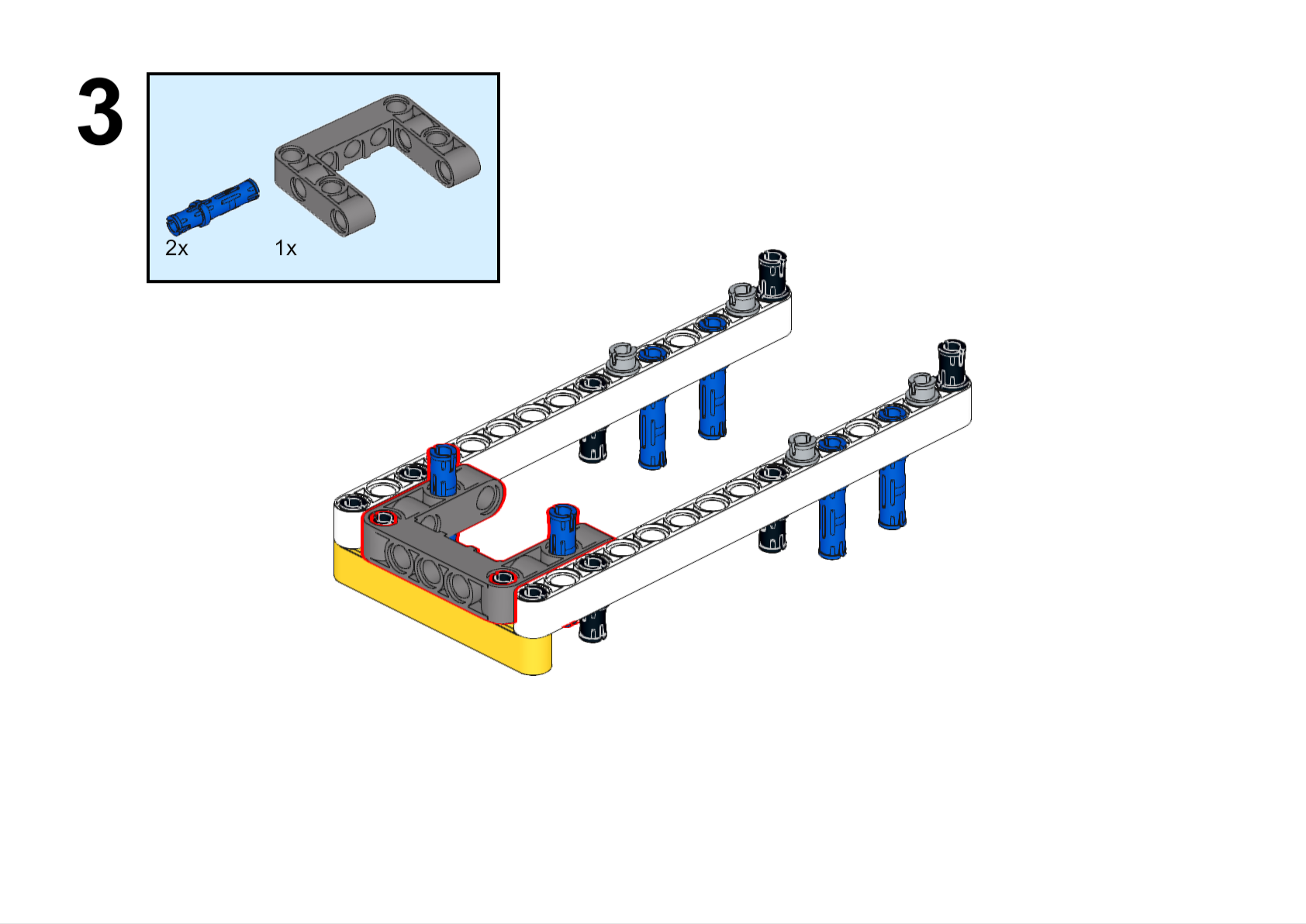
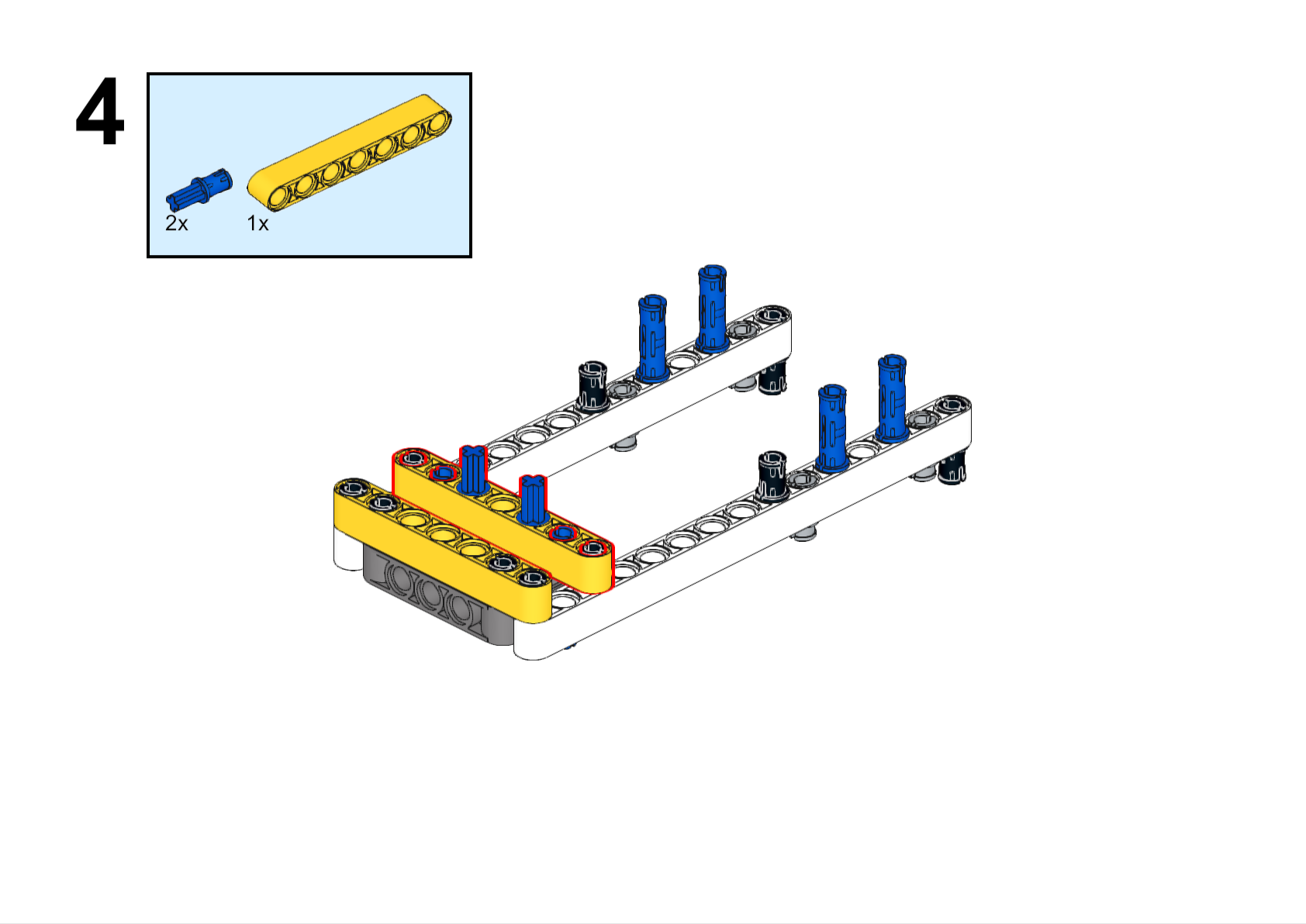
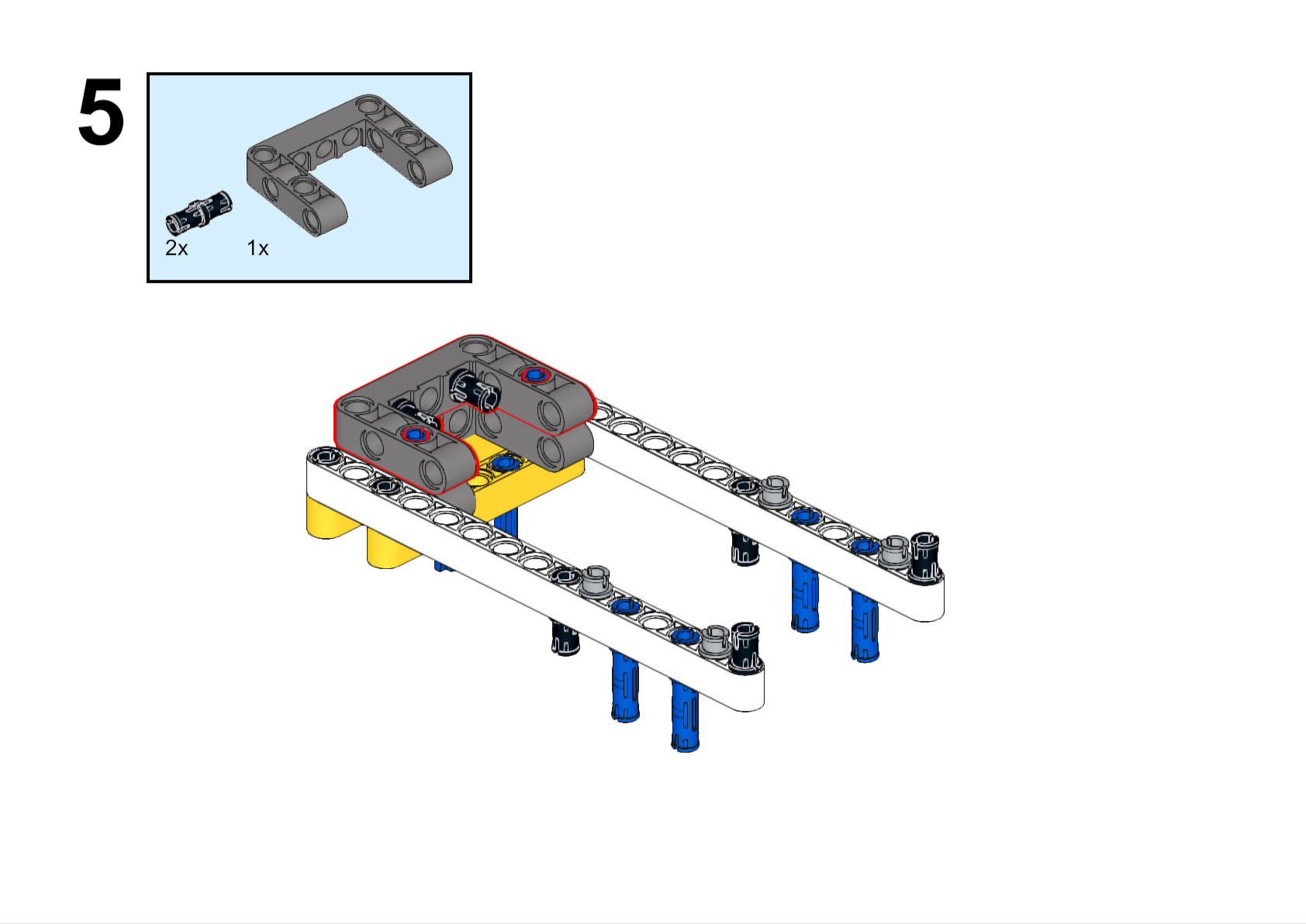
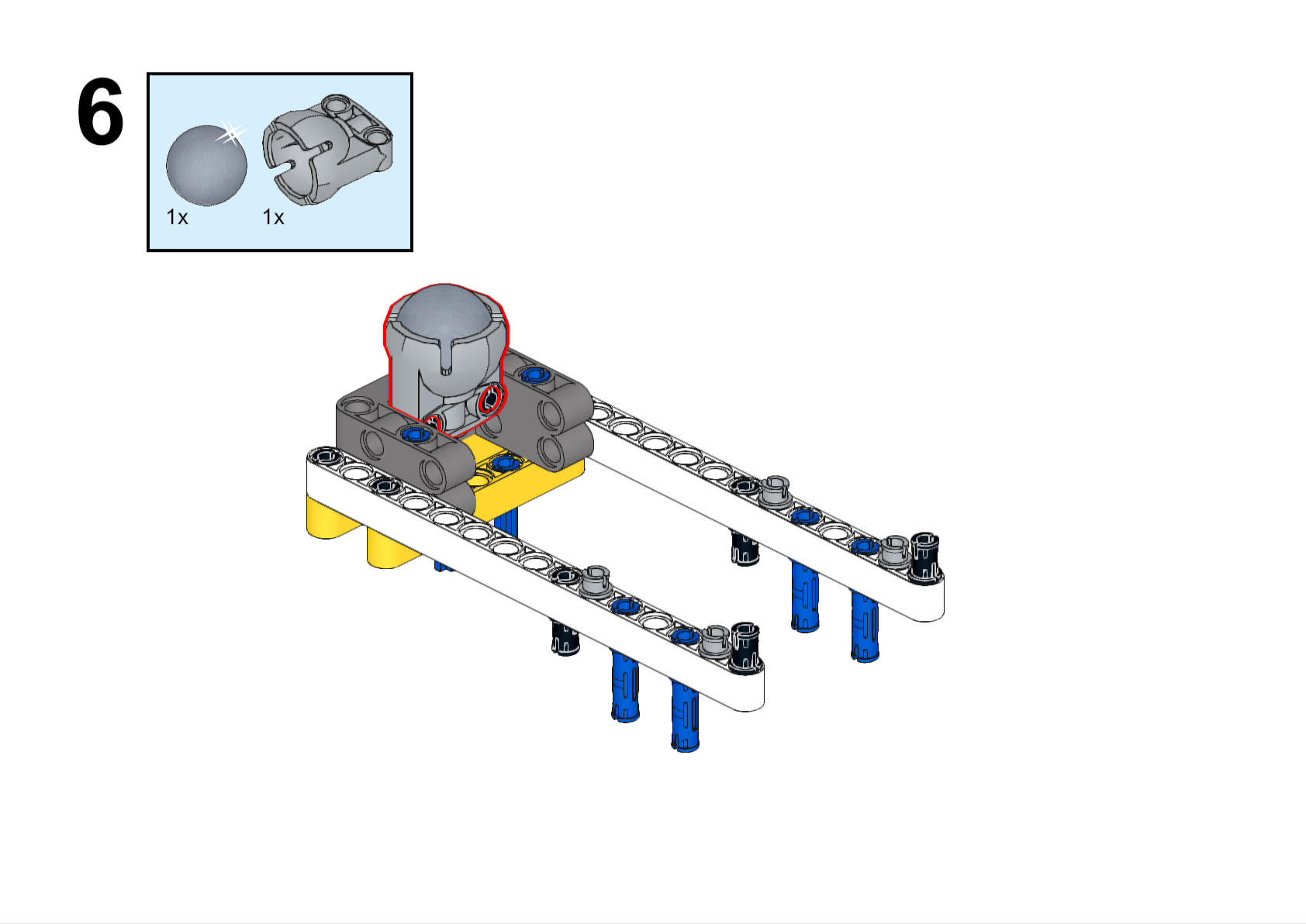
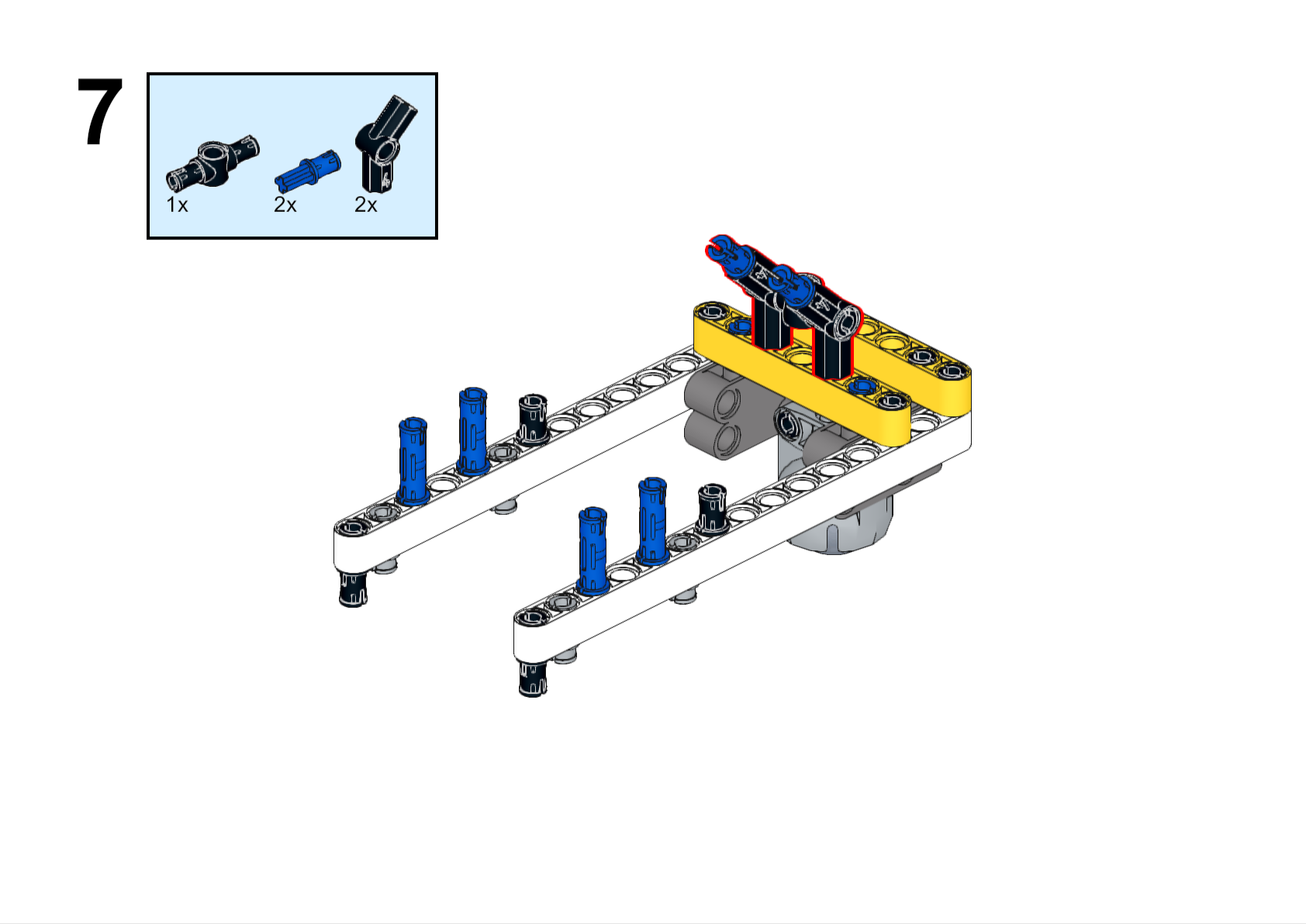
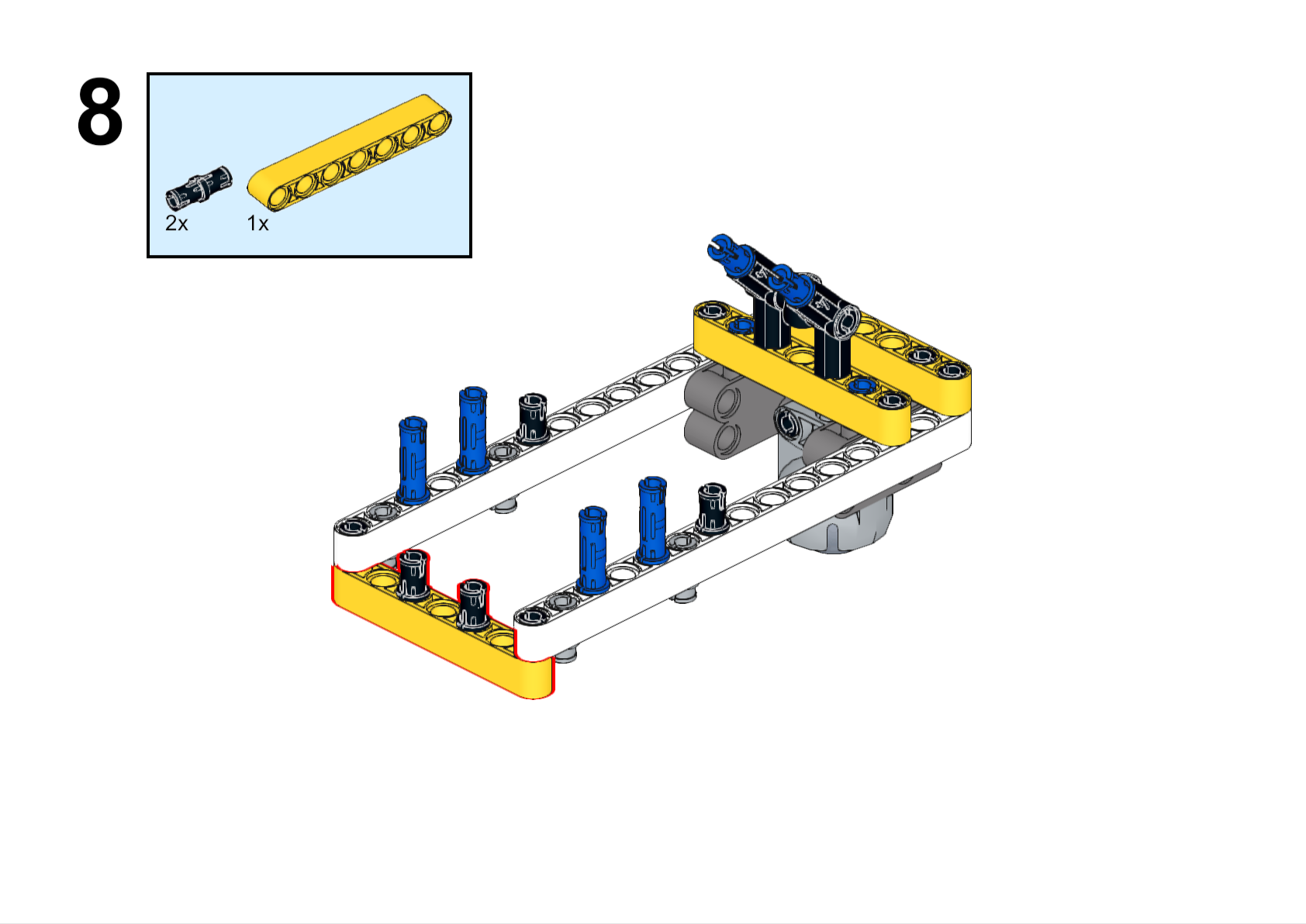
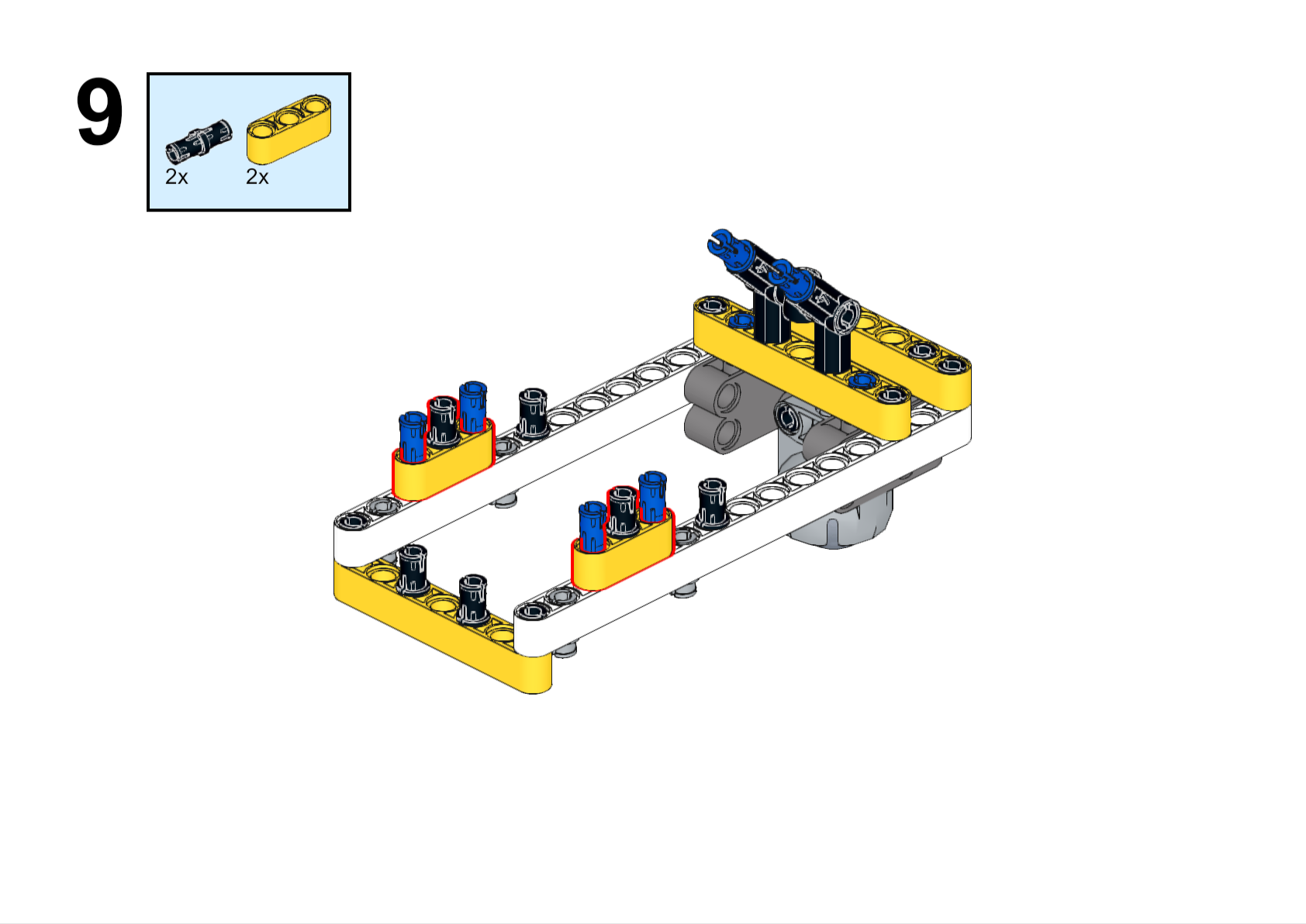
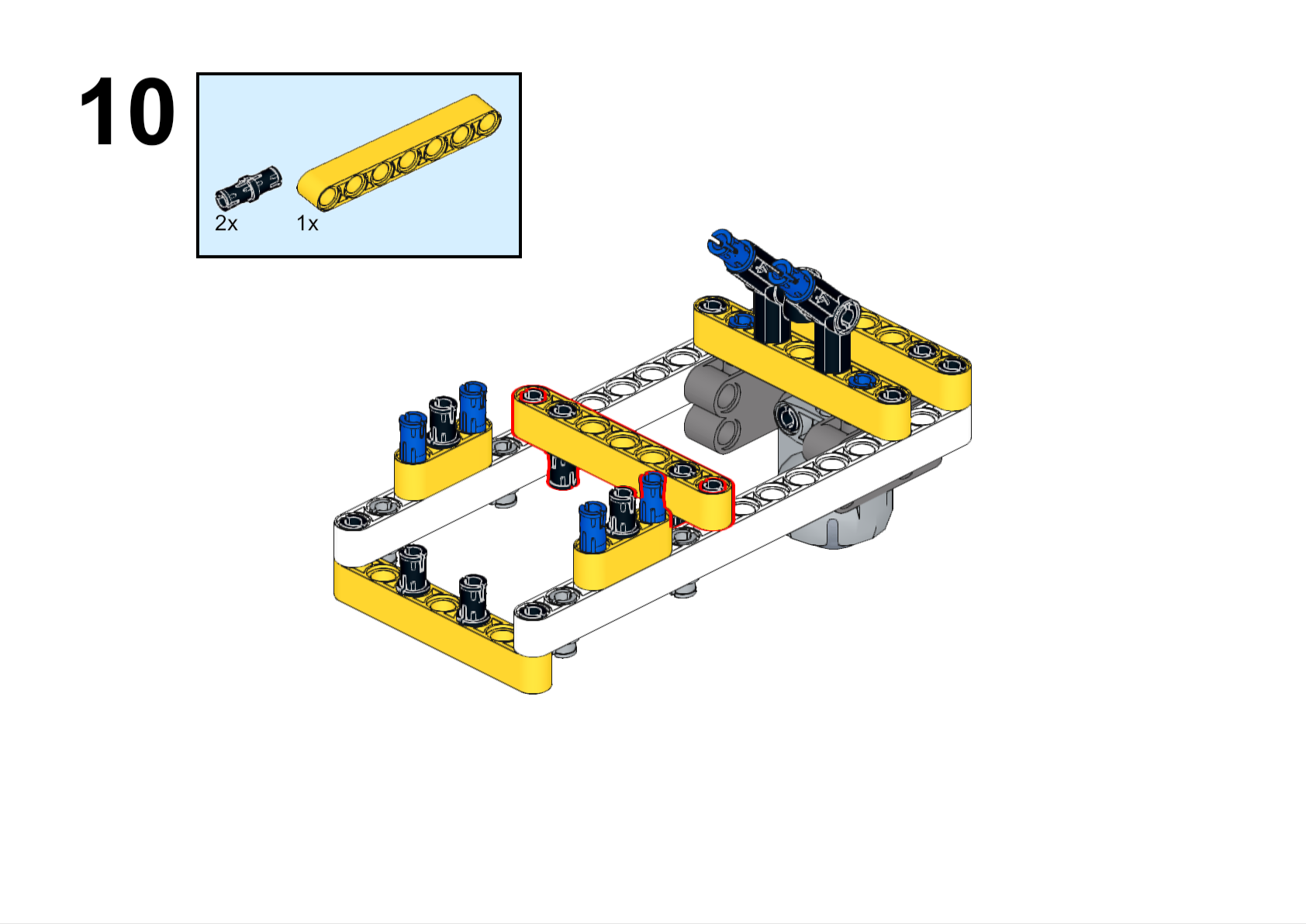
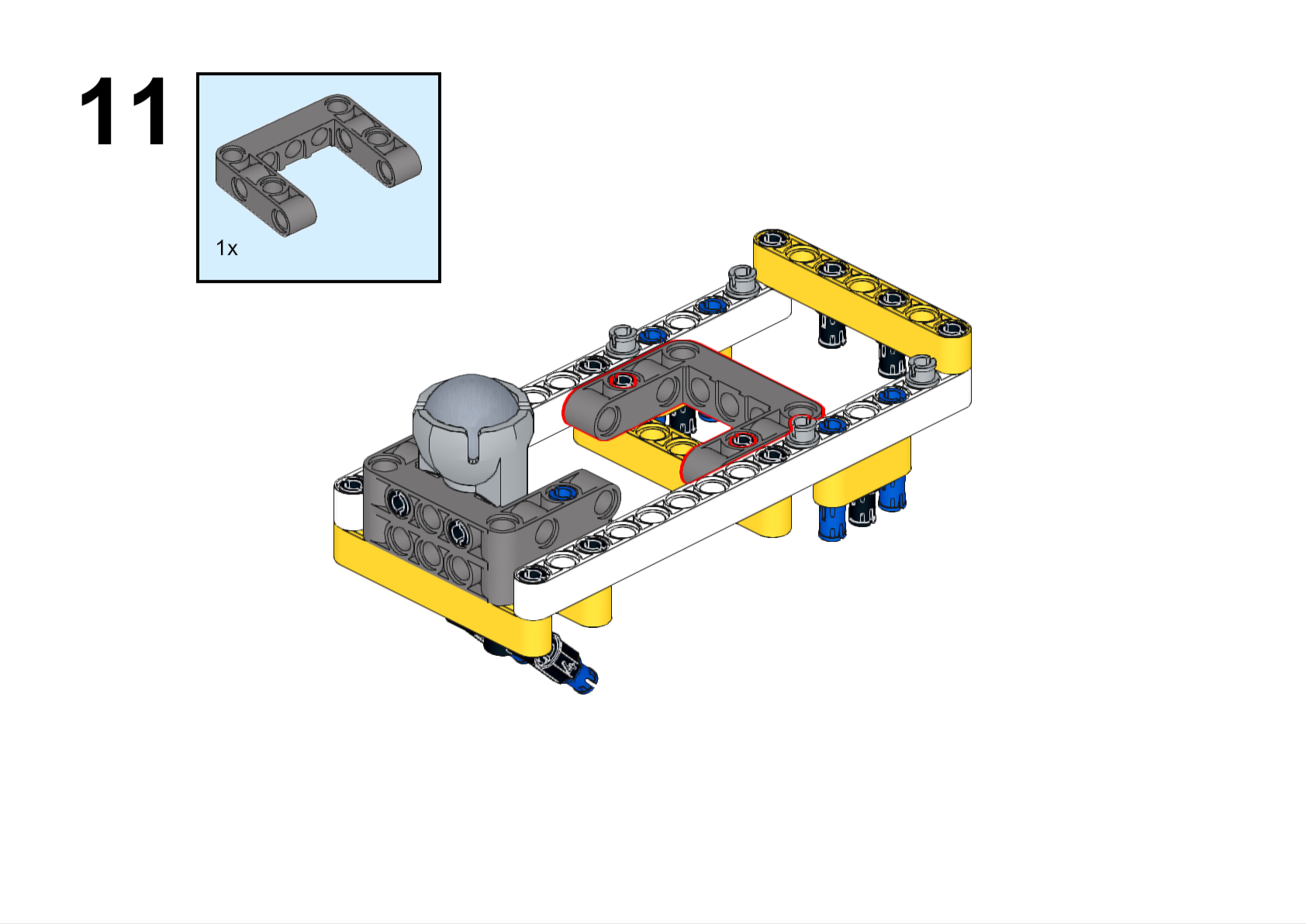
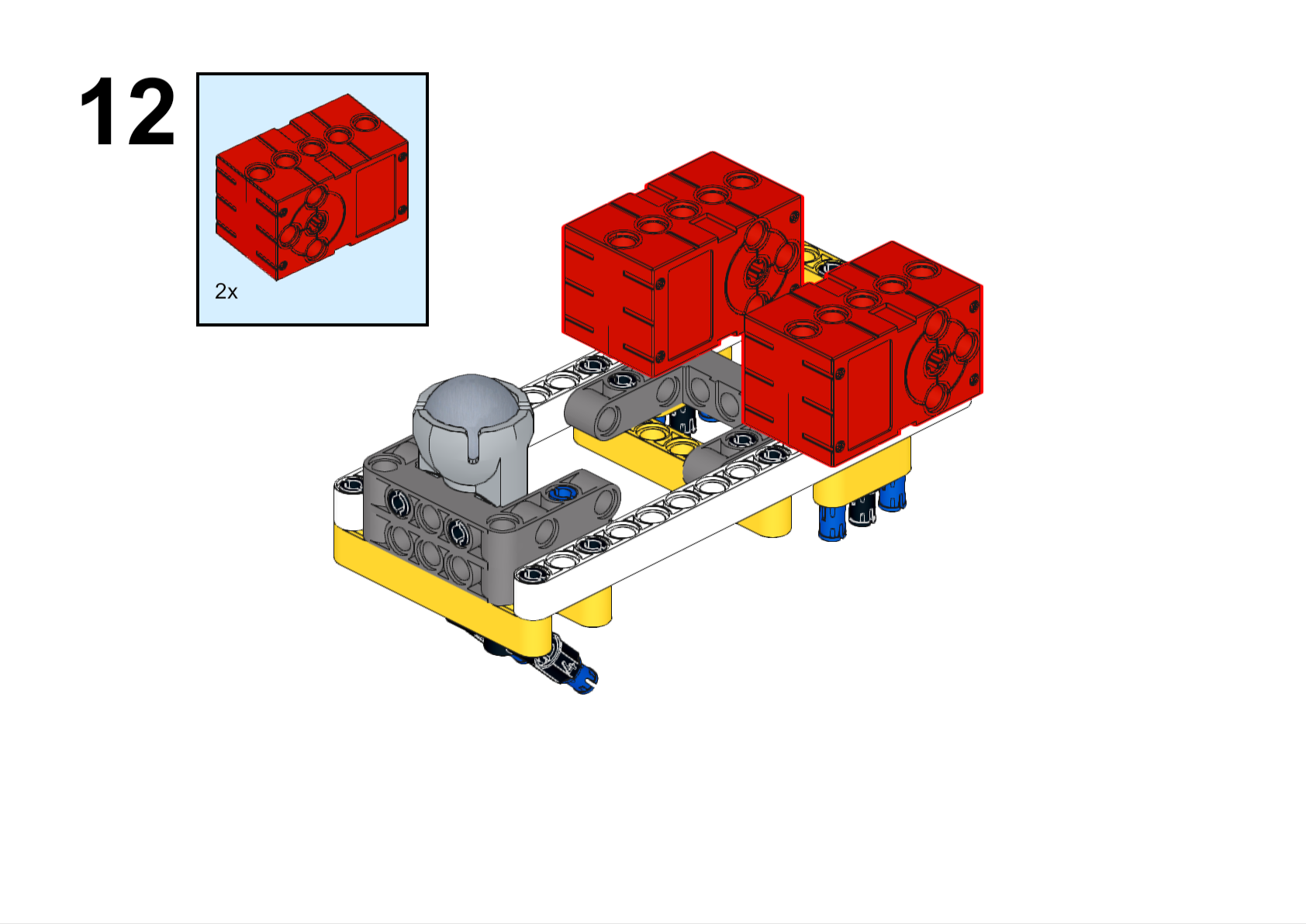
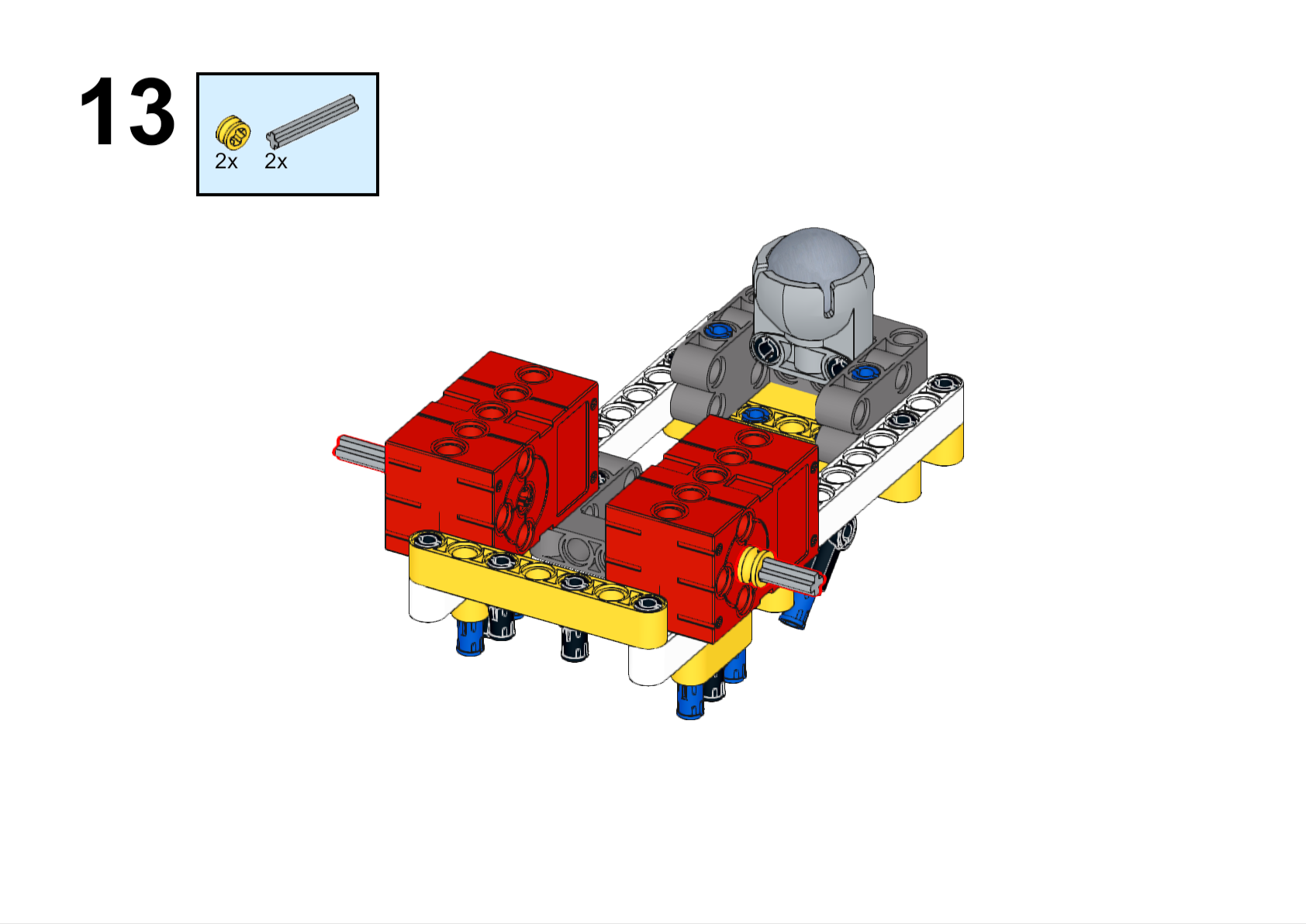
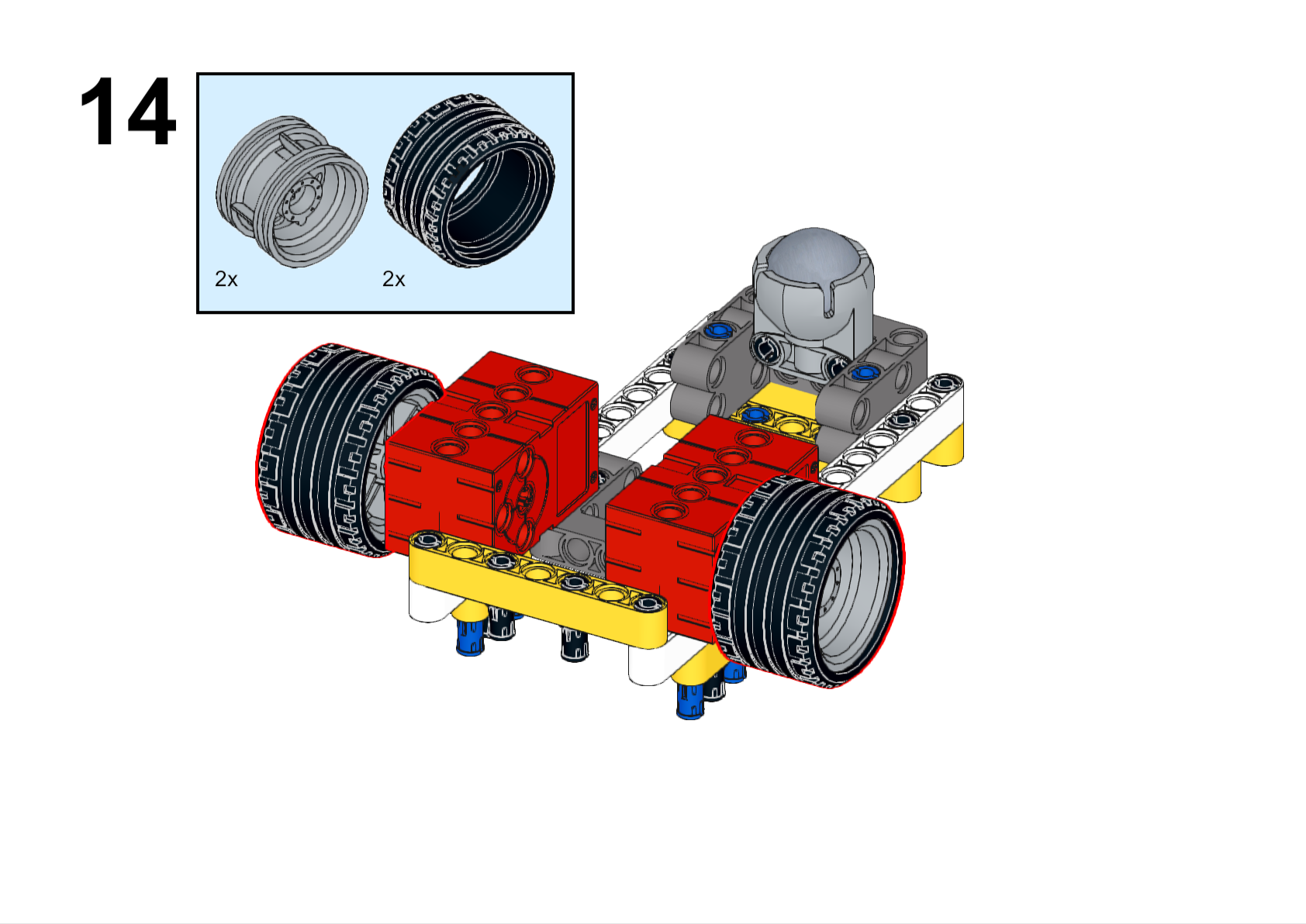
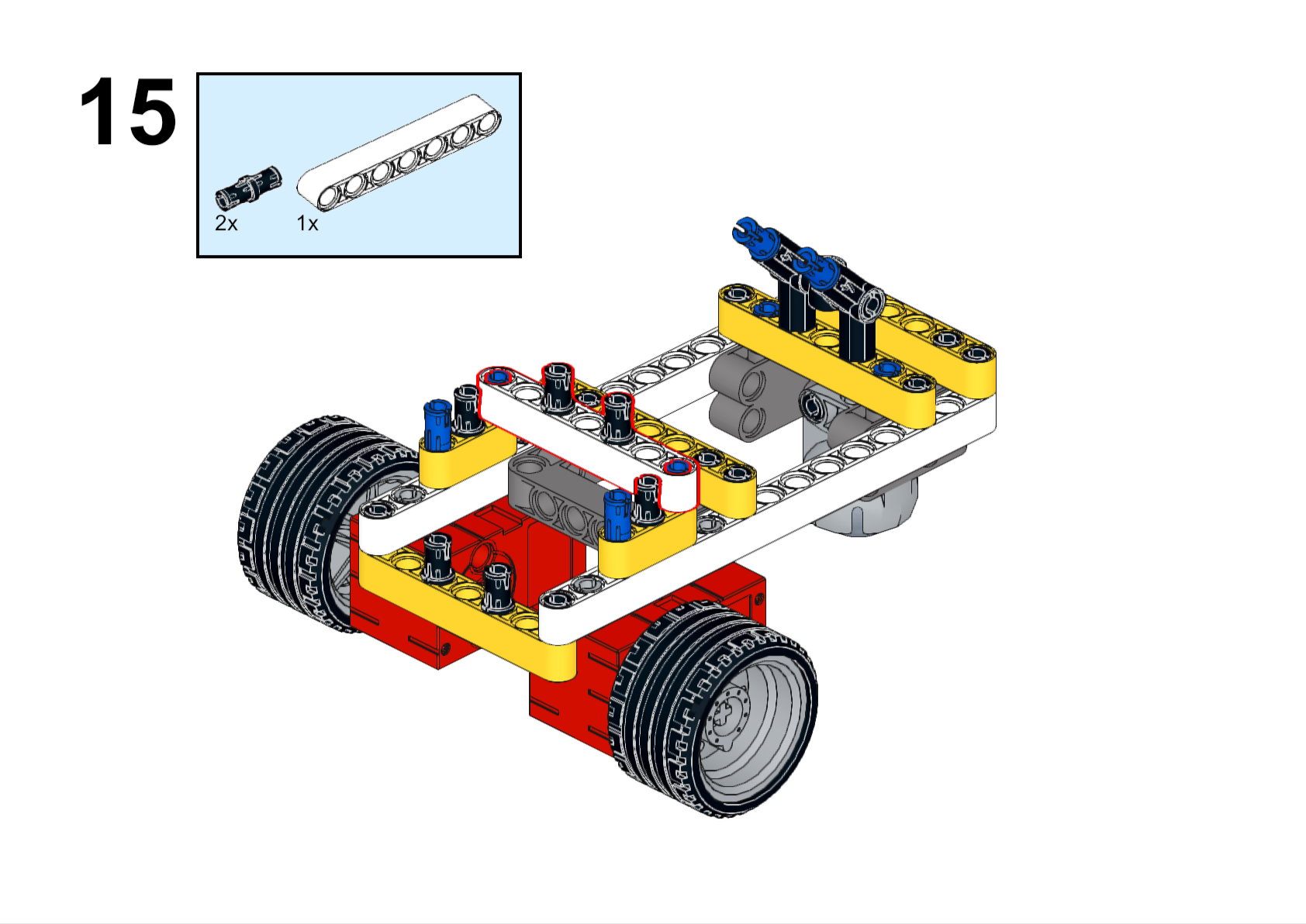
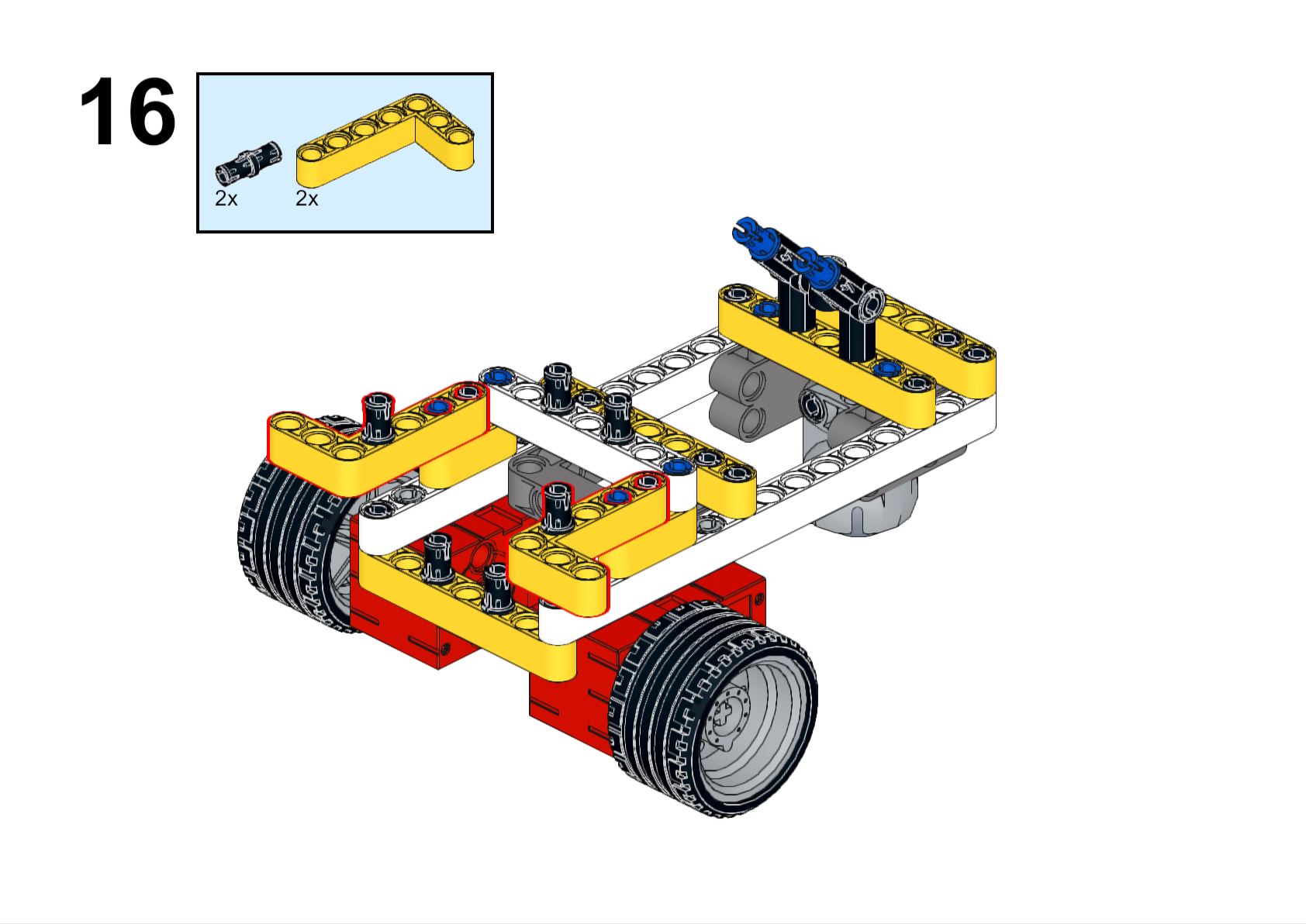
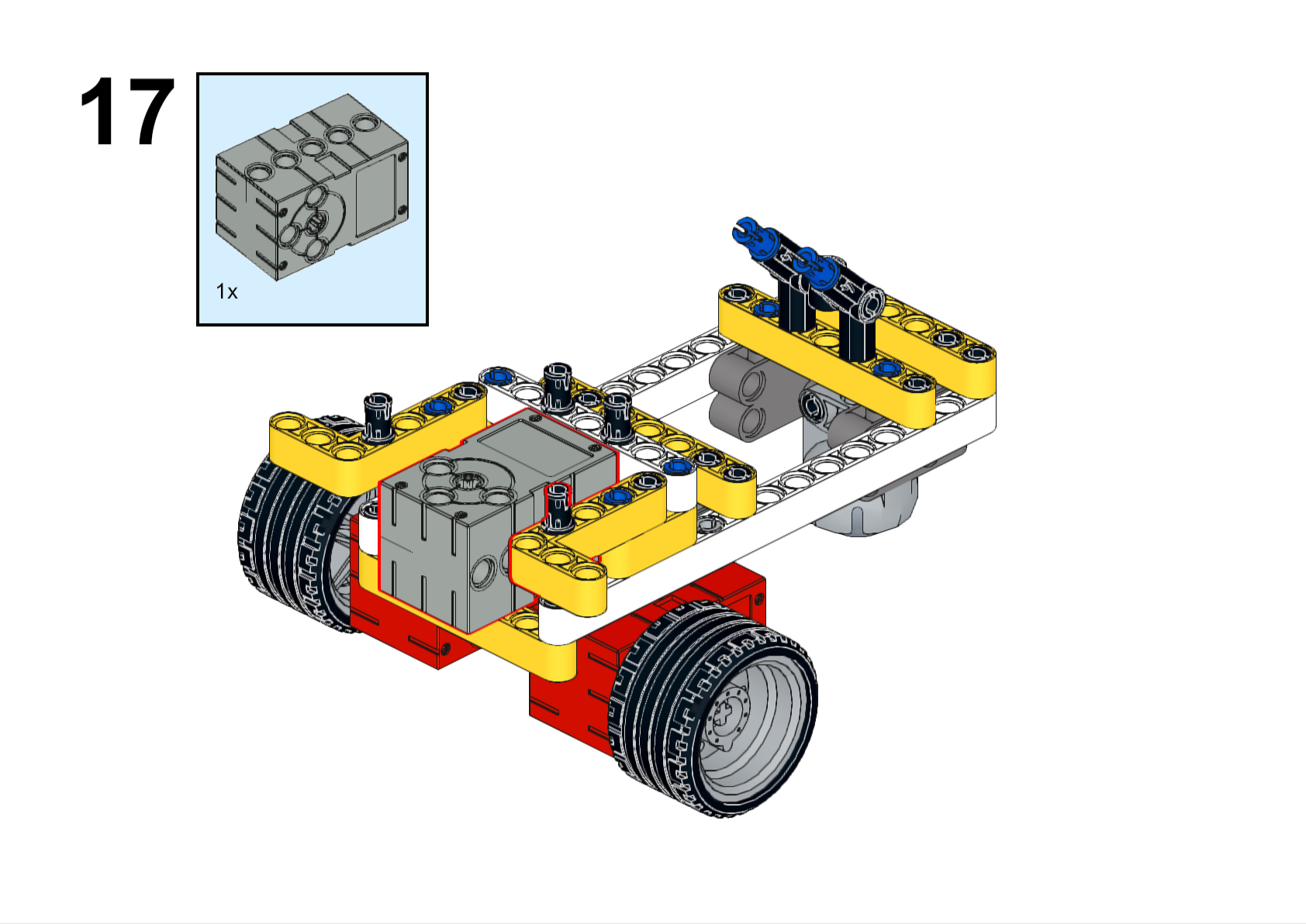
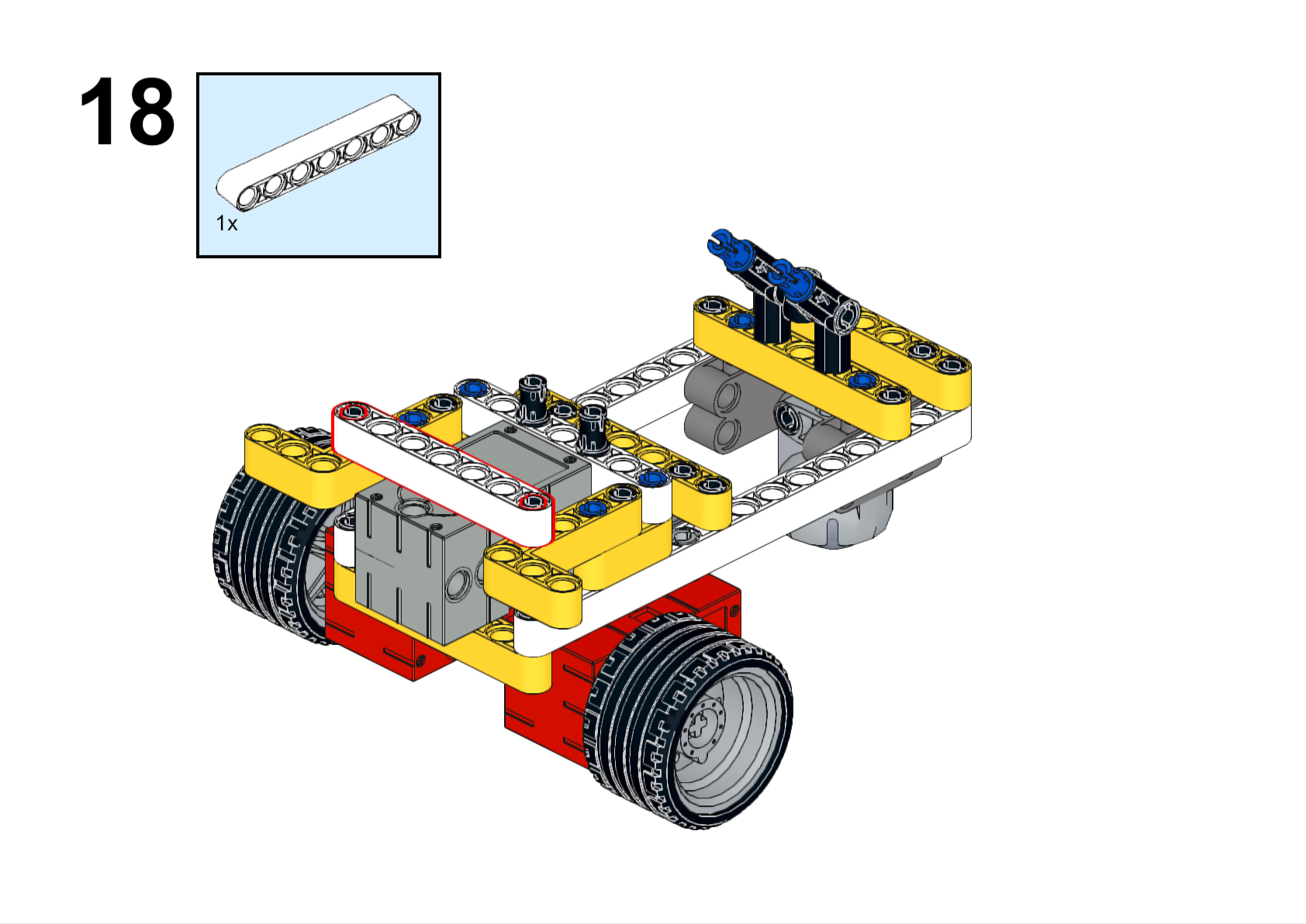
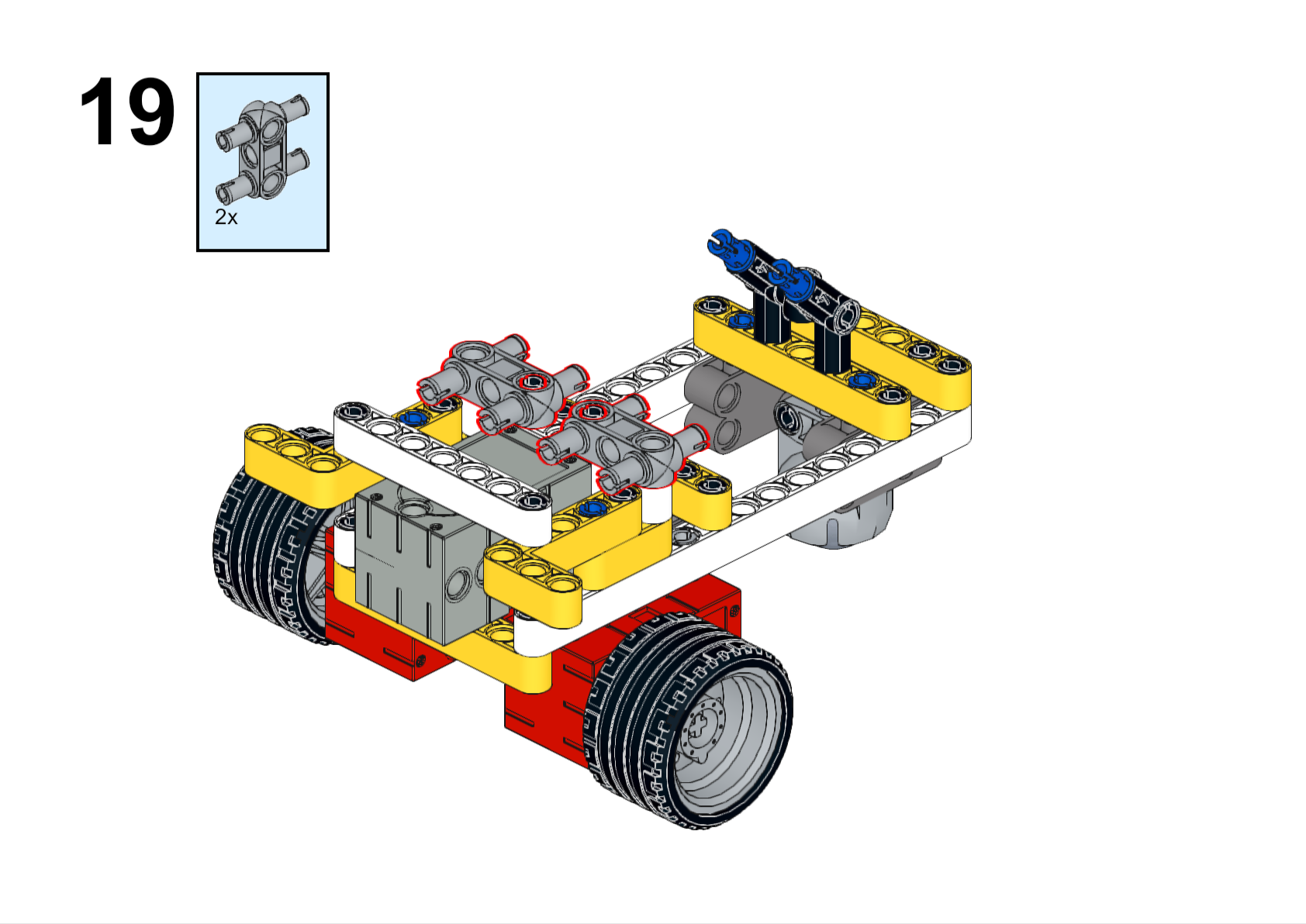
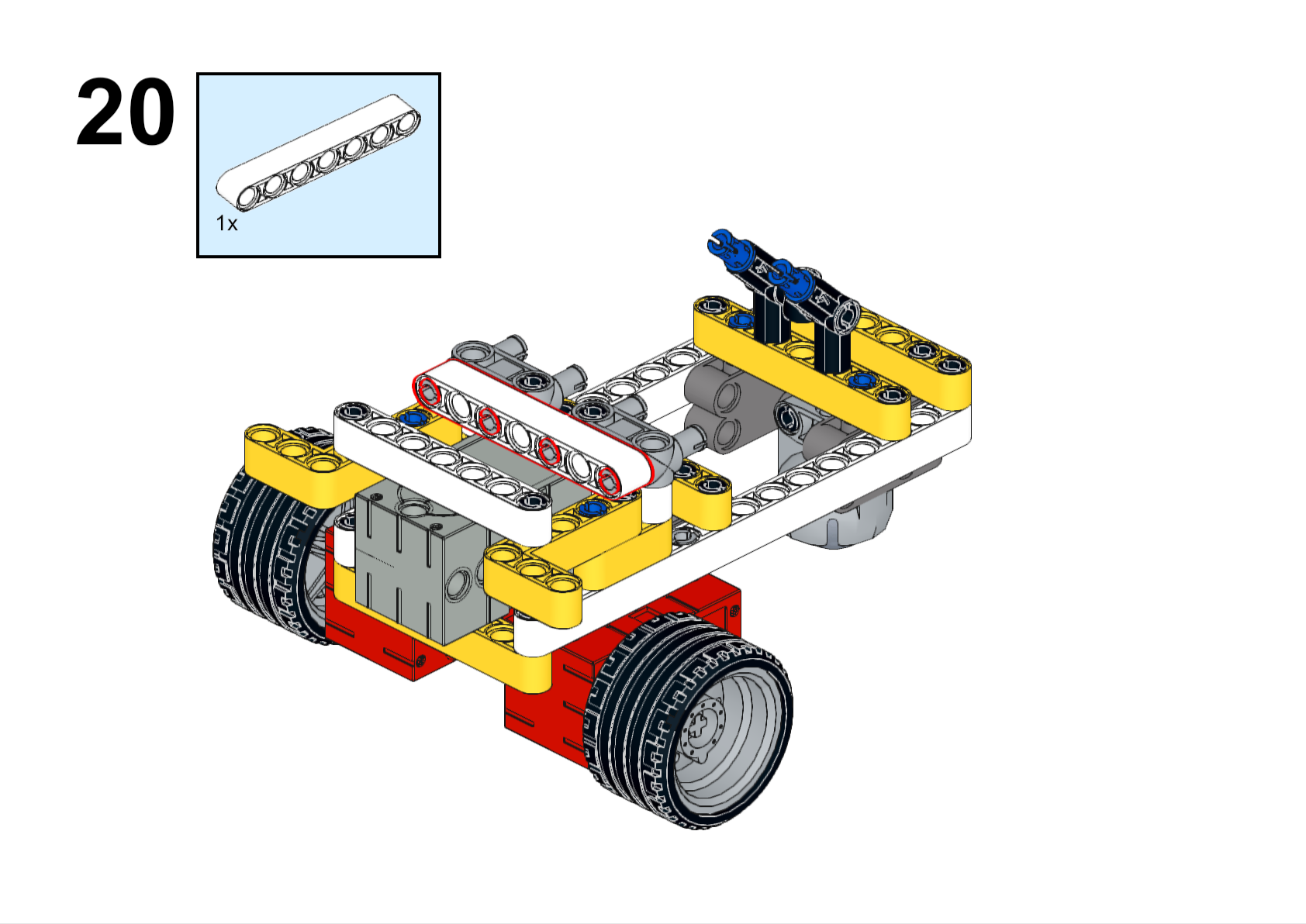
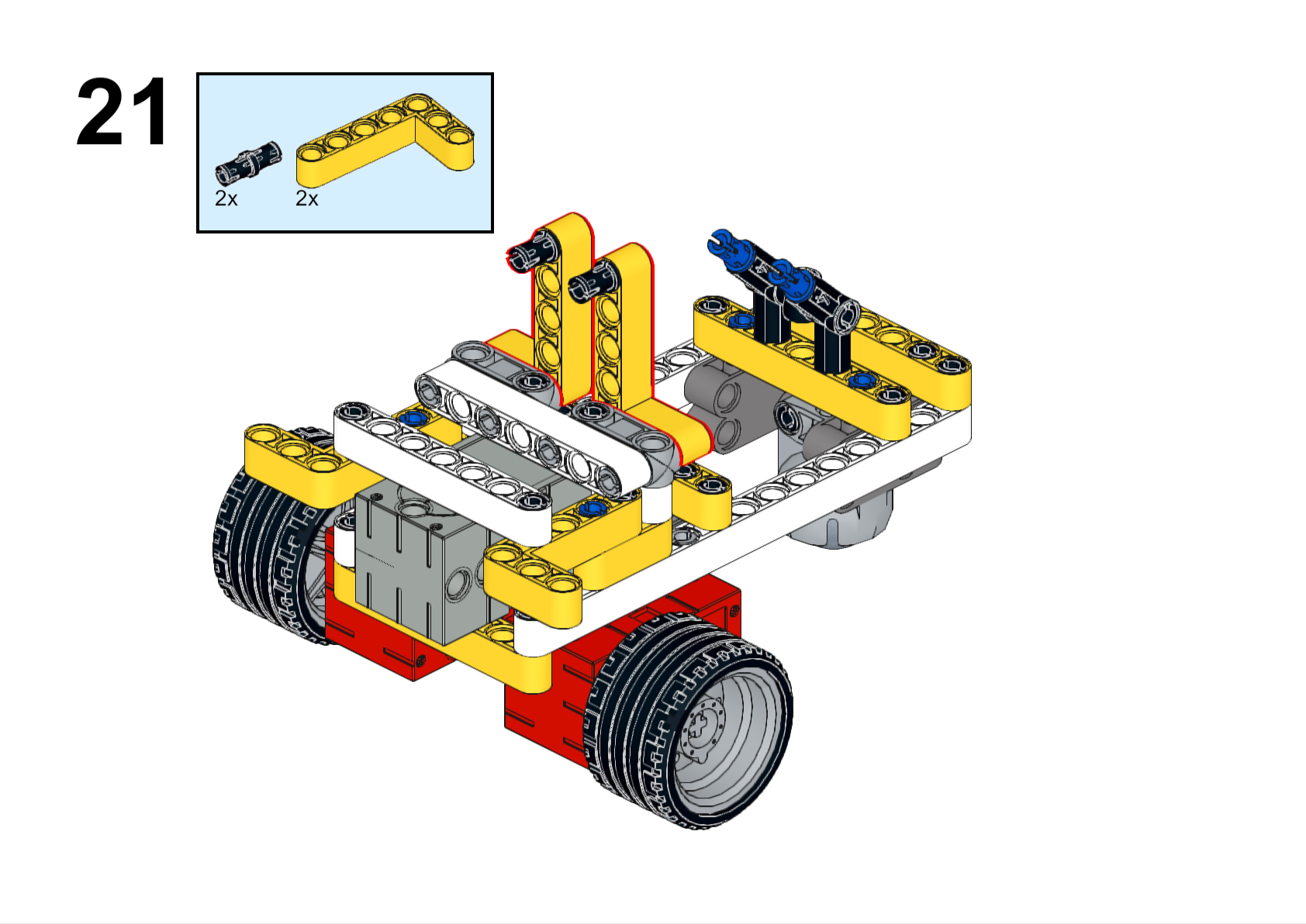
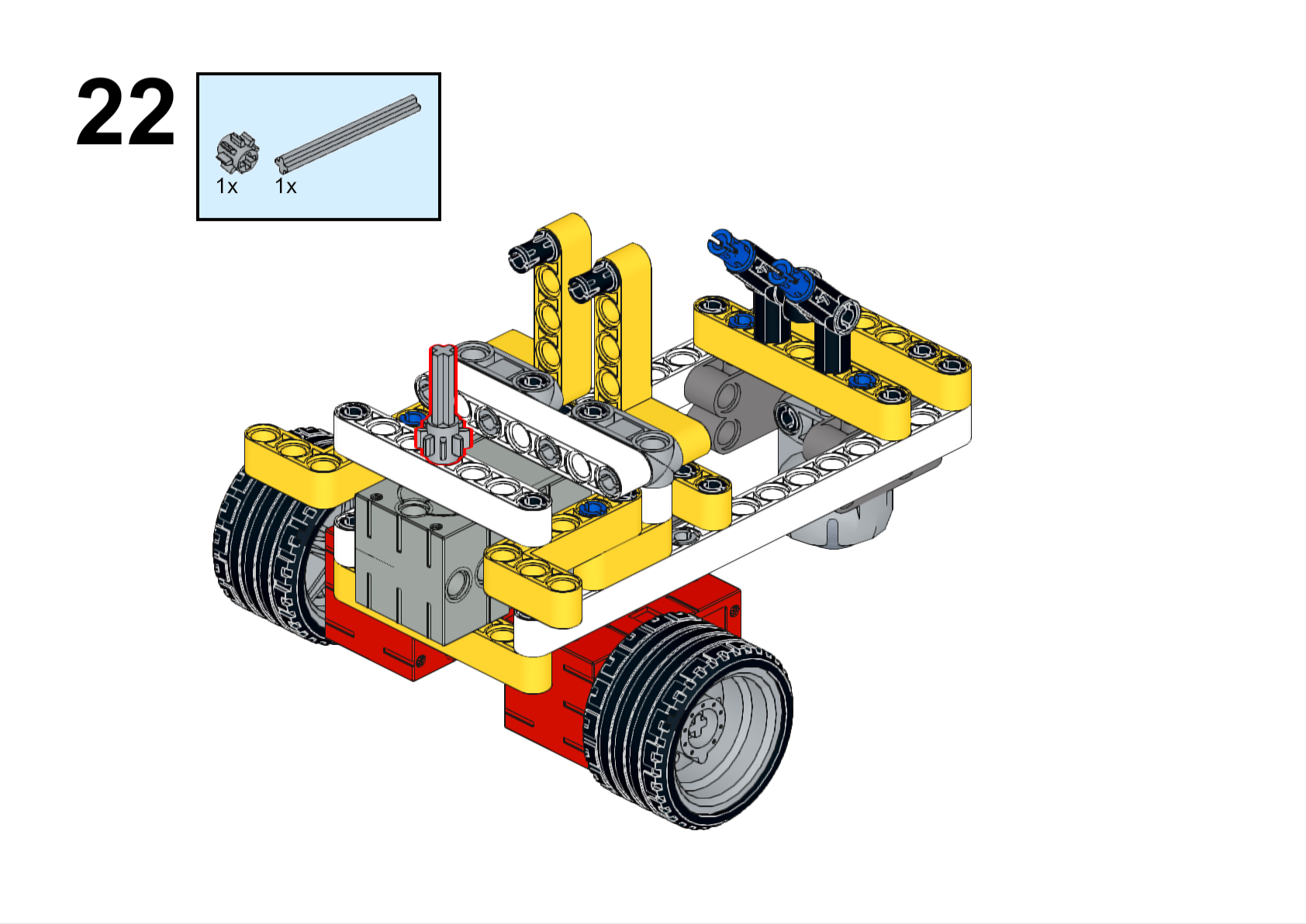
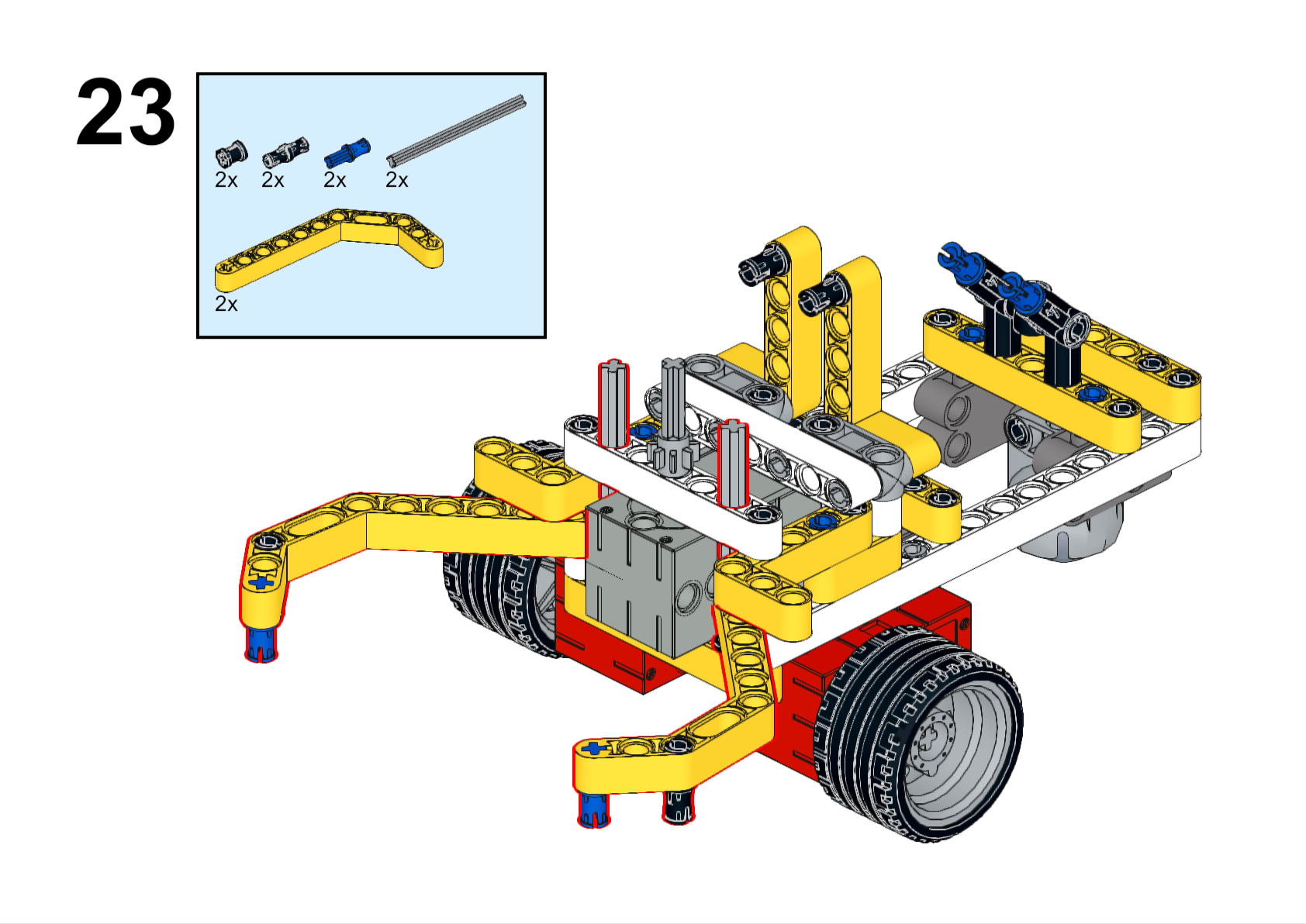
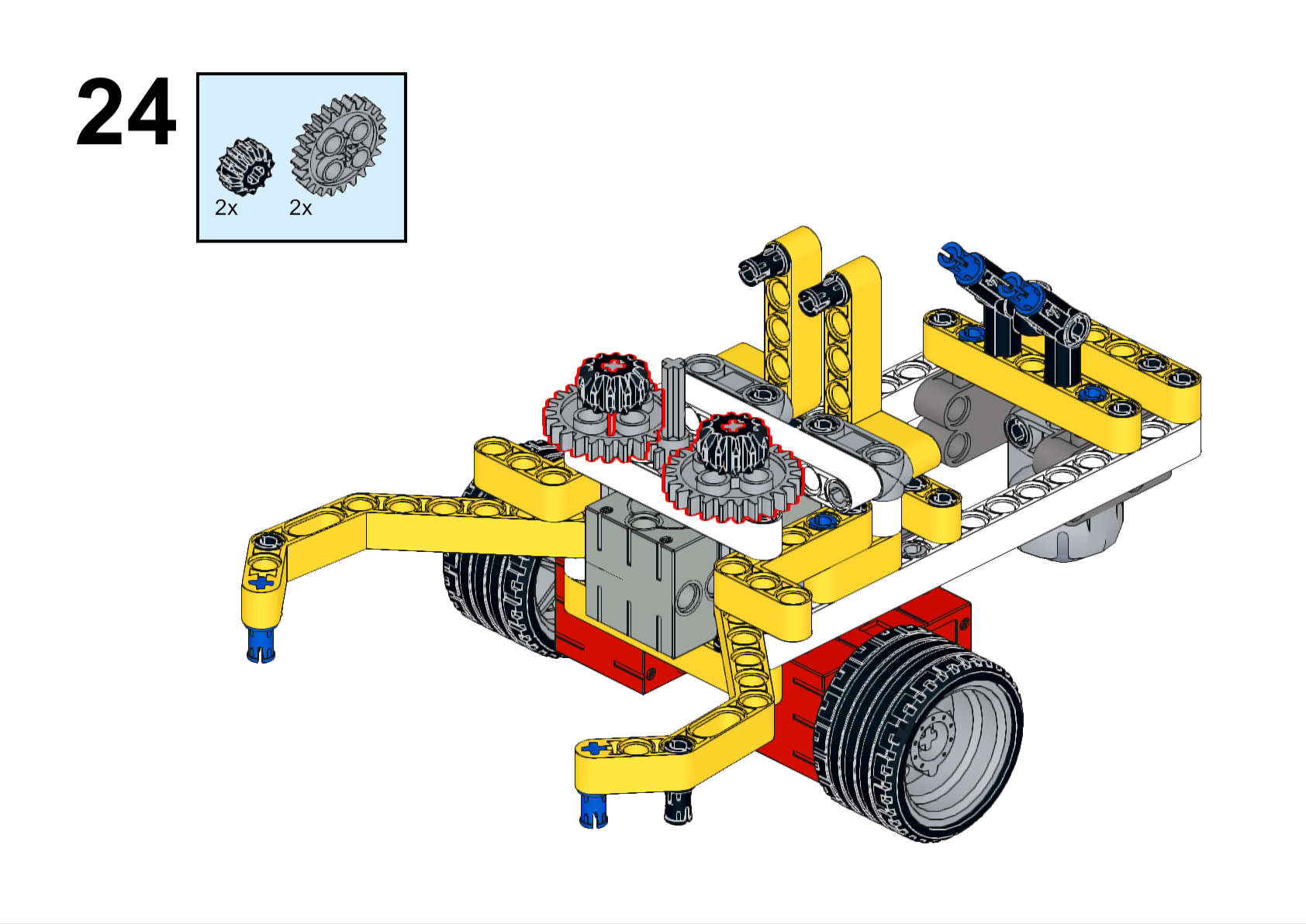
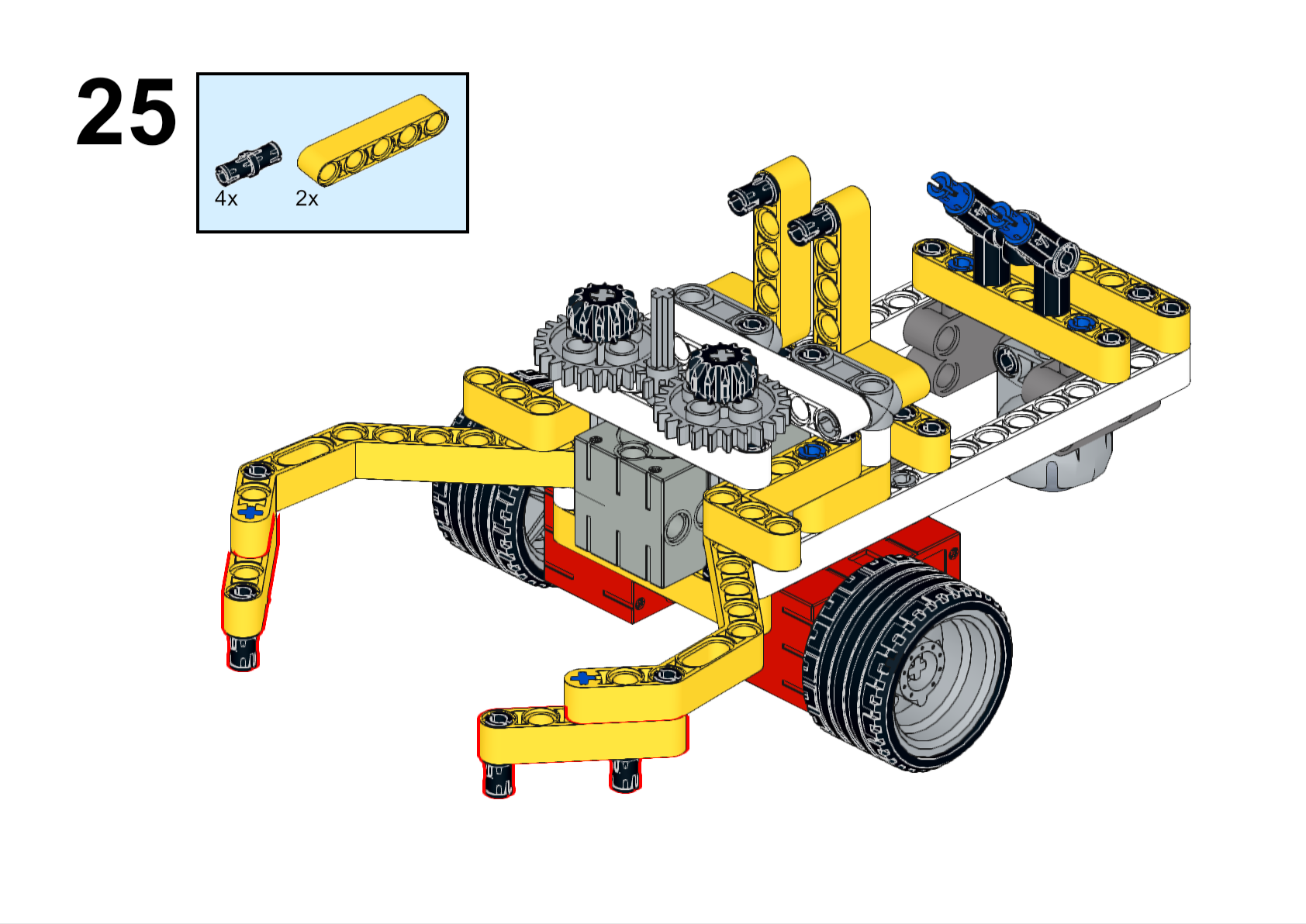
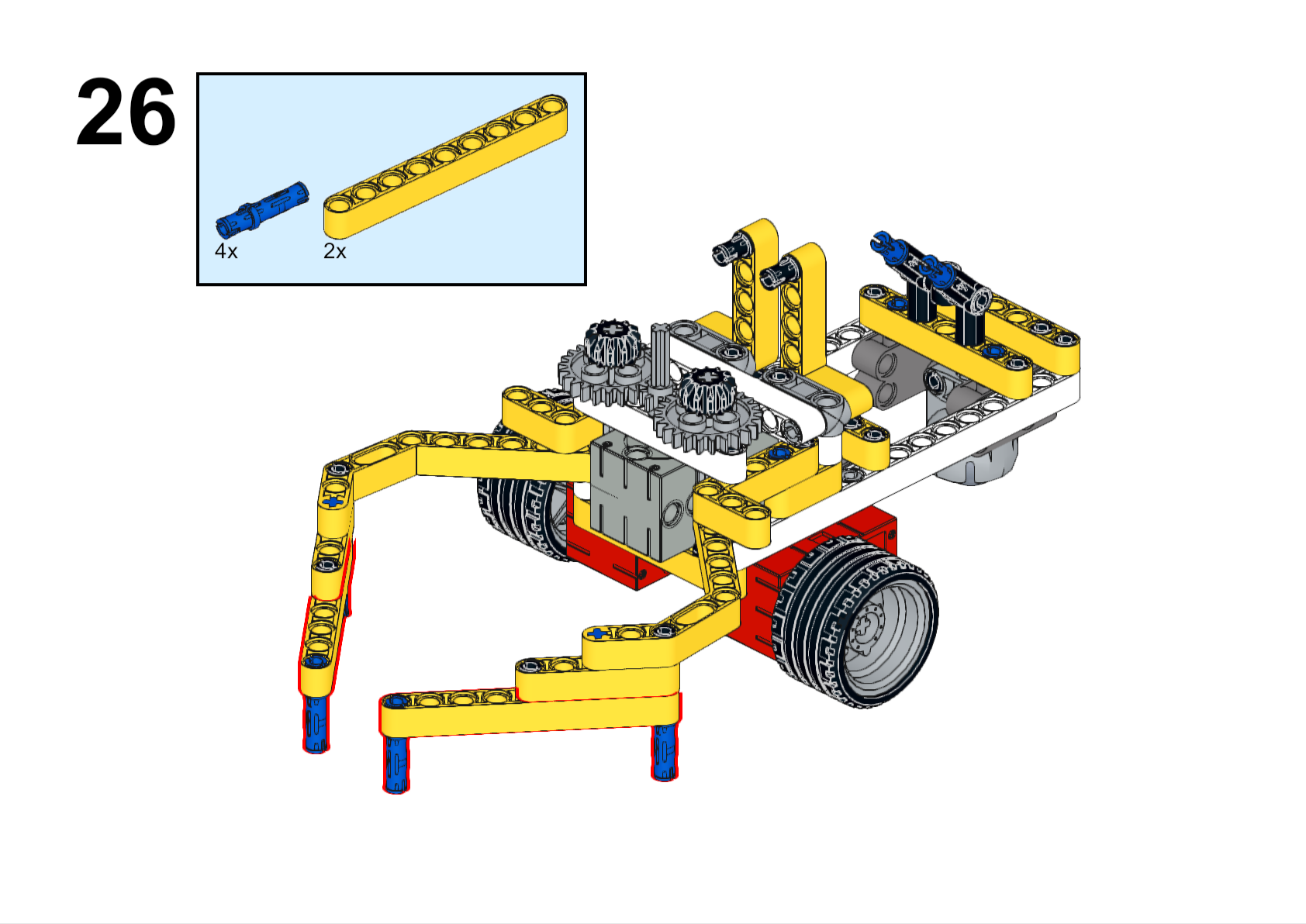
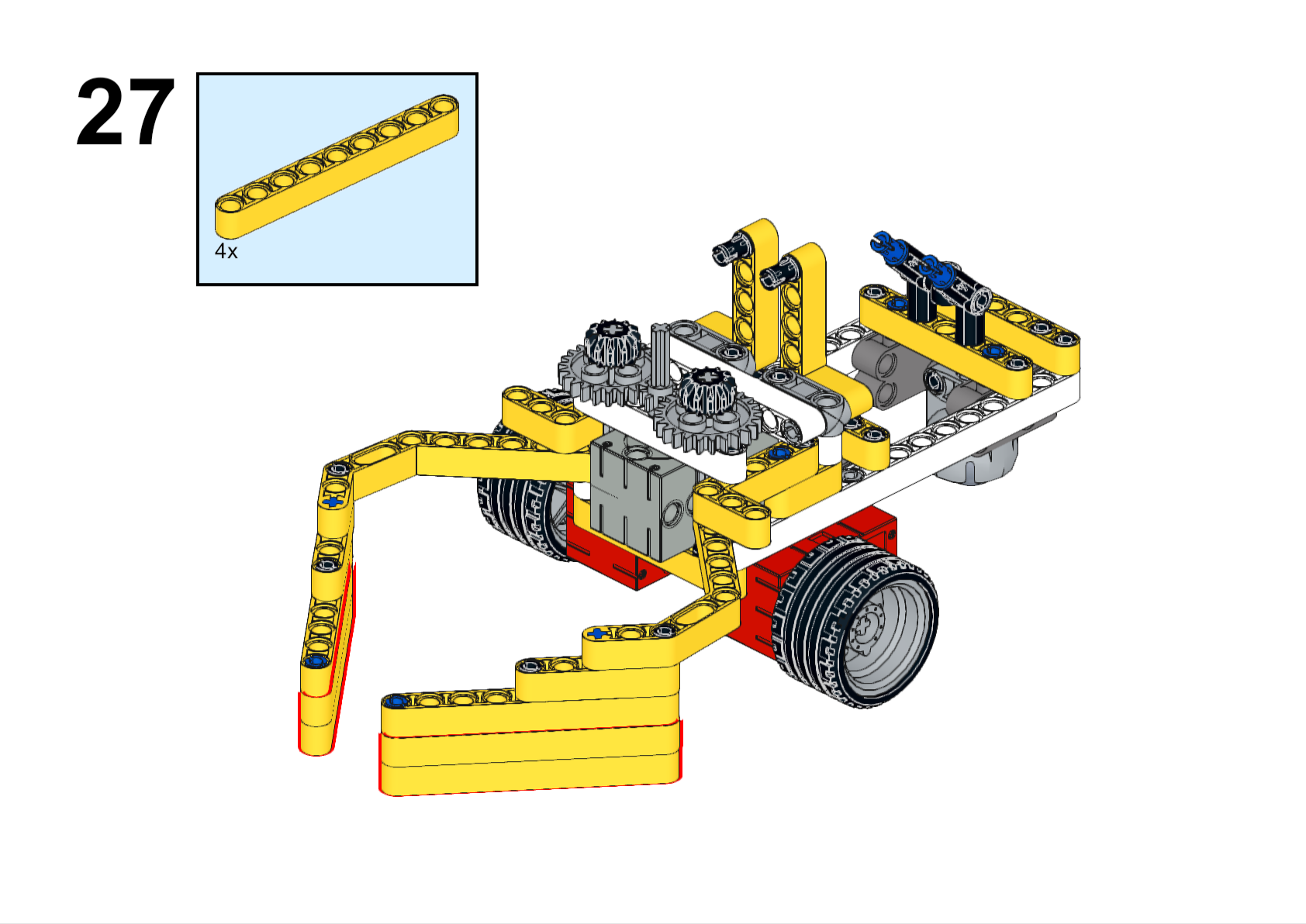
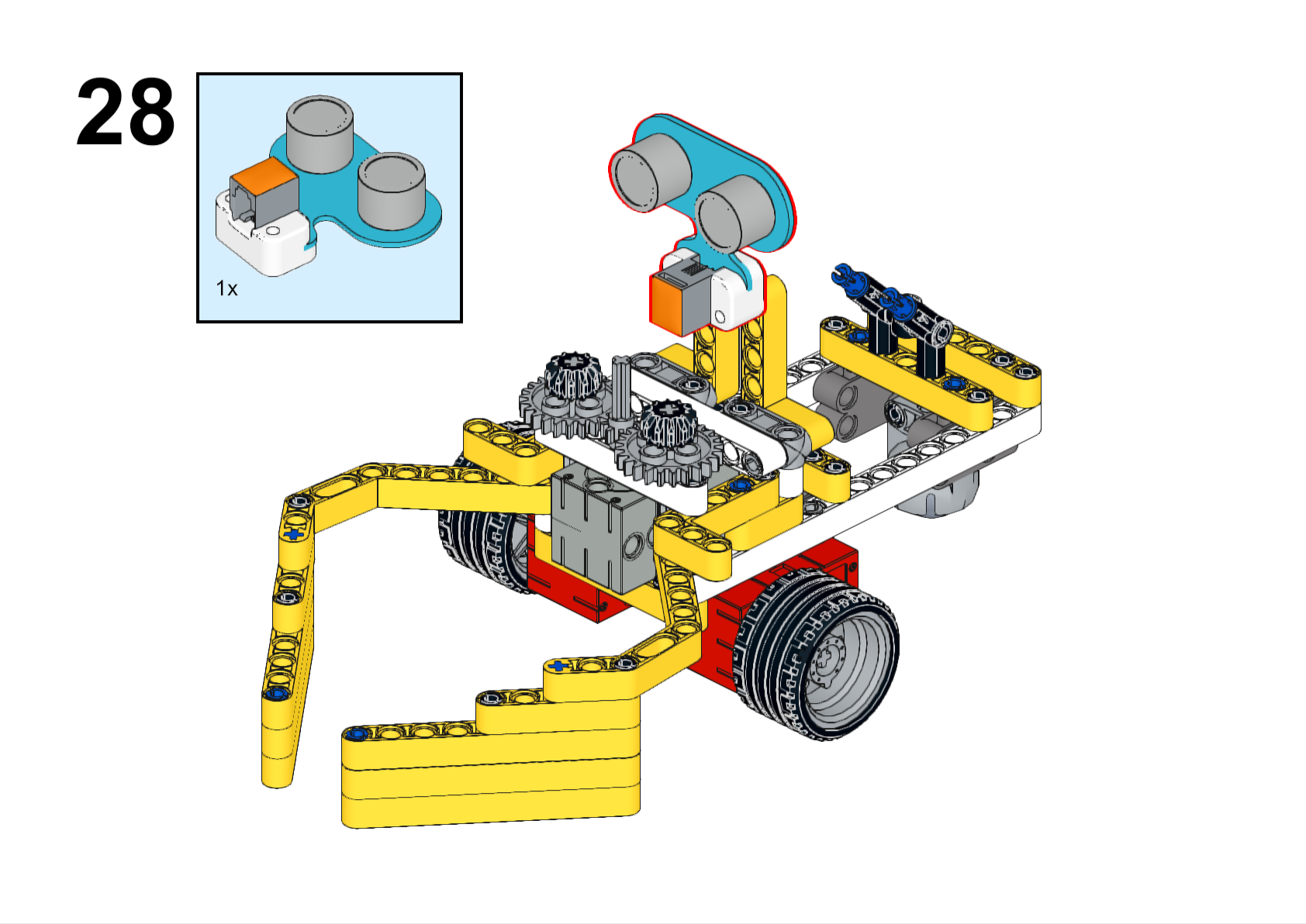
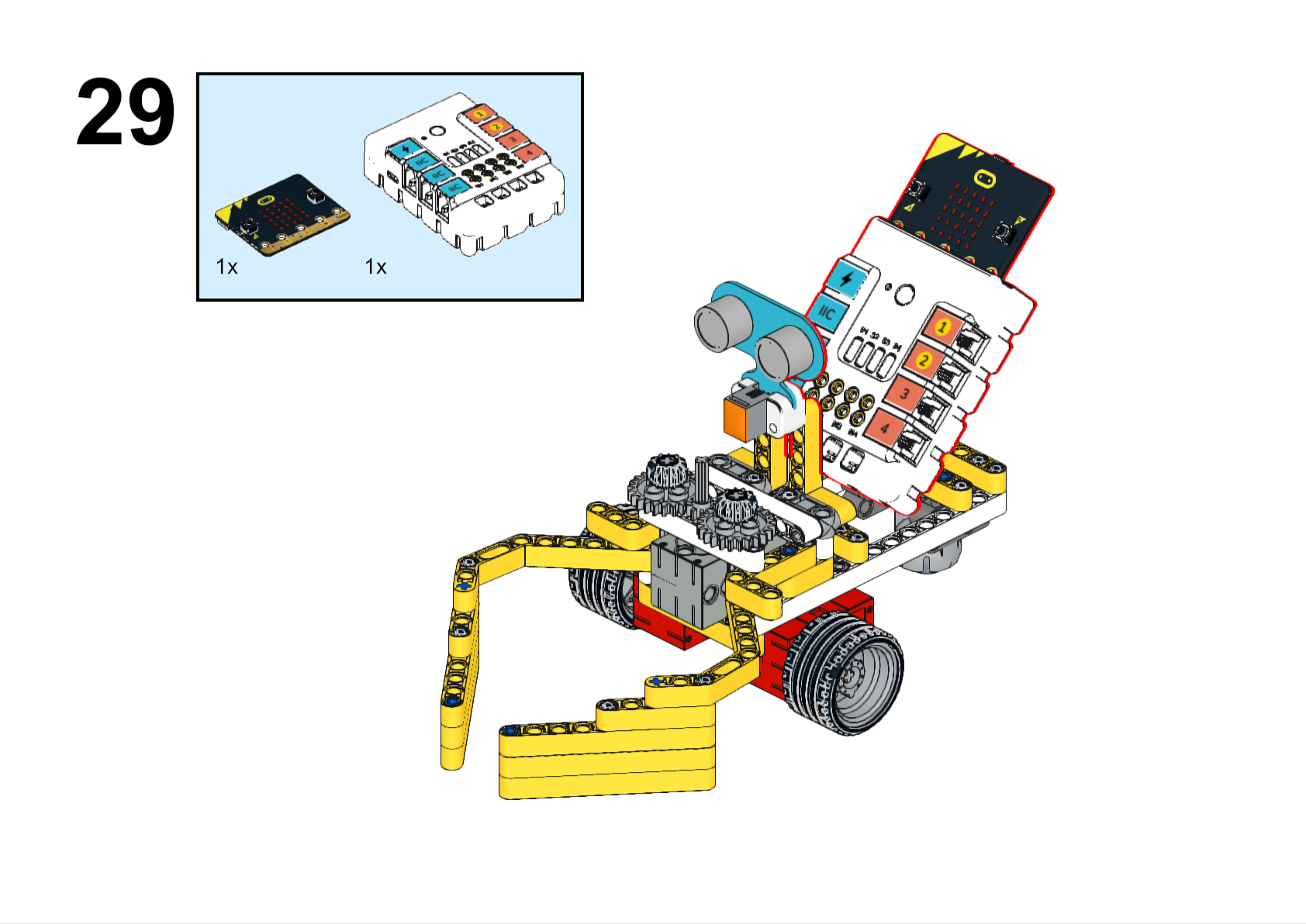
Completed

Hardware Connection
Connect the ultrasonic sound sensor to the J1, the servo to the S1 and the motors to the M1 and M4 connectors of the Nezha expansion board.
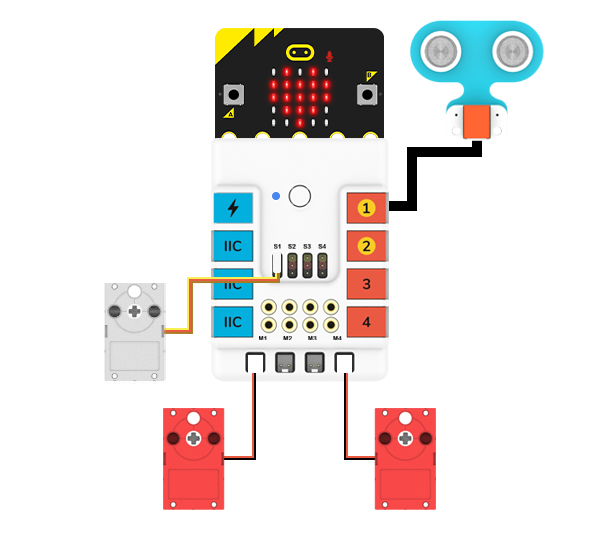
Programming
Go to makecode
Create new projects
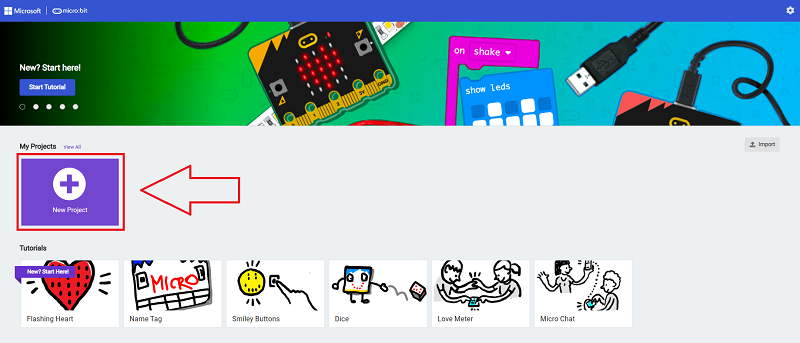
Click extensions
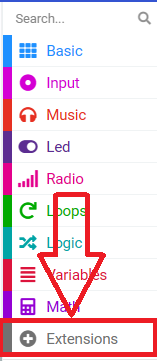
Search with PlanetX to download the package.
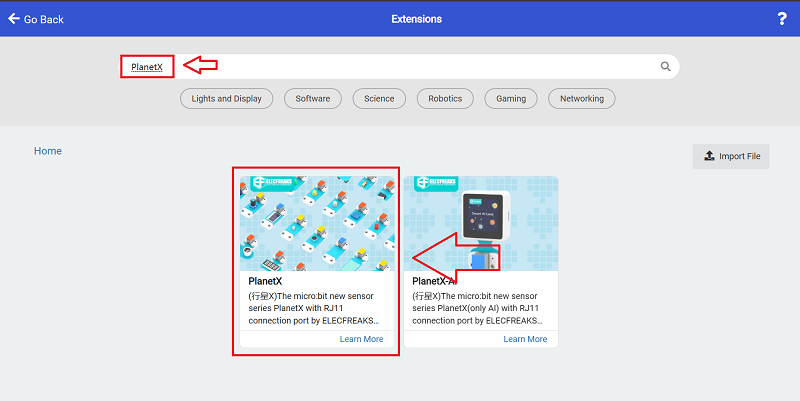
Search with nezha to download the package.
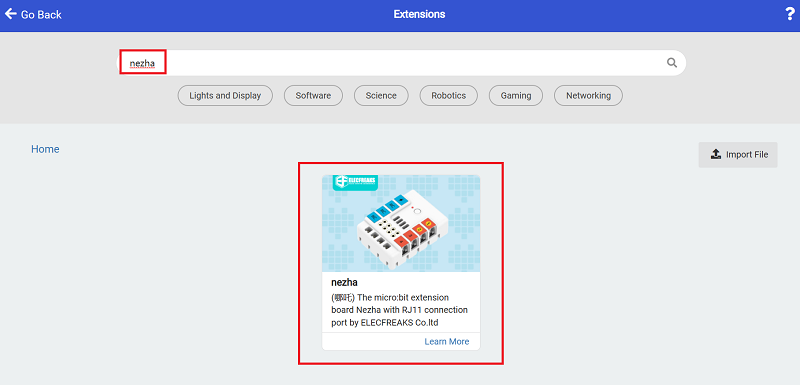
Code
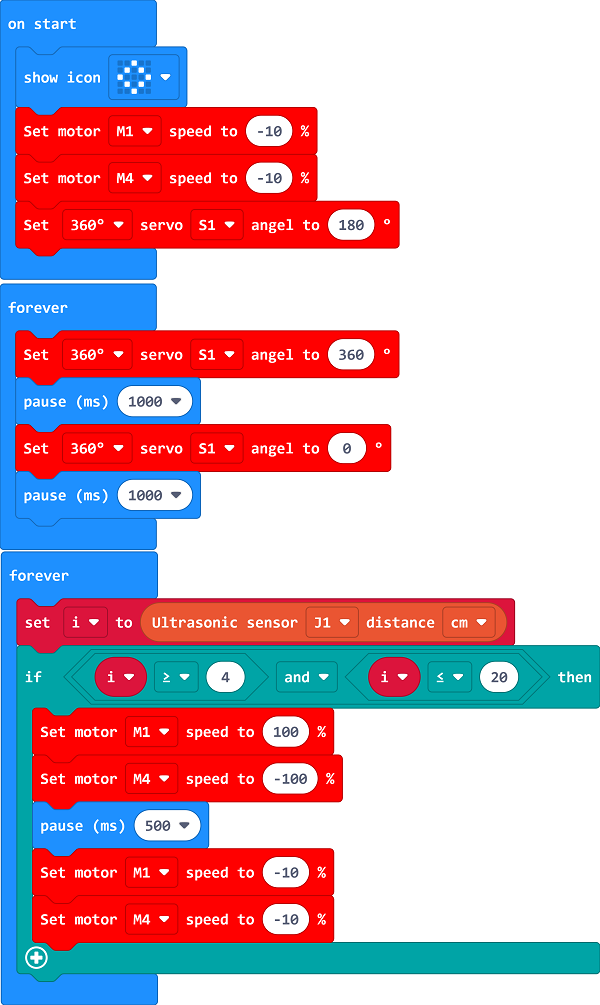
Link: https://makecode.microbit.org/_KsDC5Jg5HA33
You may download it directly below:
Demonstration
Present in groups and compare the results and effectiveness of each group.
Result
The trolley moves forward to clear obstacles and automatically steers when it detects an obstacle ahead.
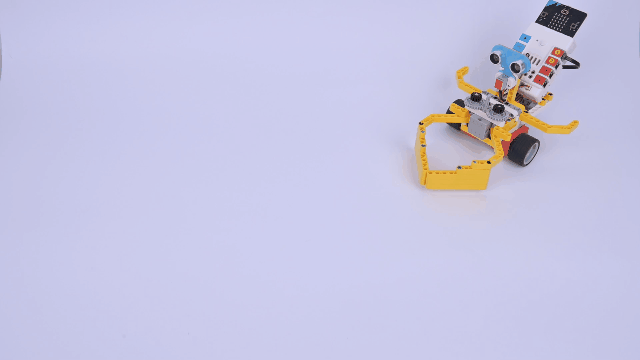
Reflection
Share in groups so that students in each group can share their production process and insights, summarise the problems and solutions they encountered, and evaluate their strengths and weaknesses.